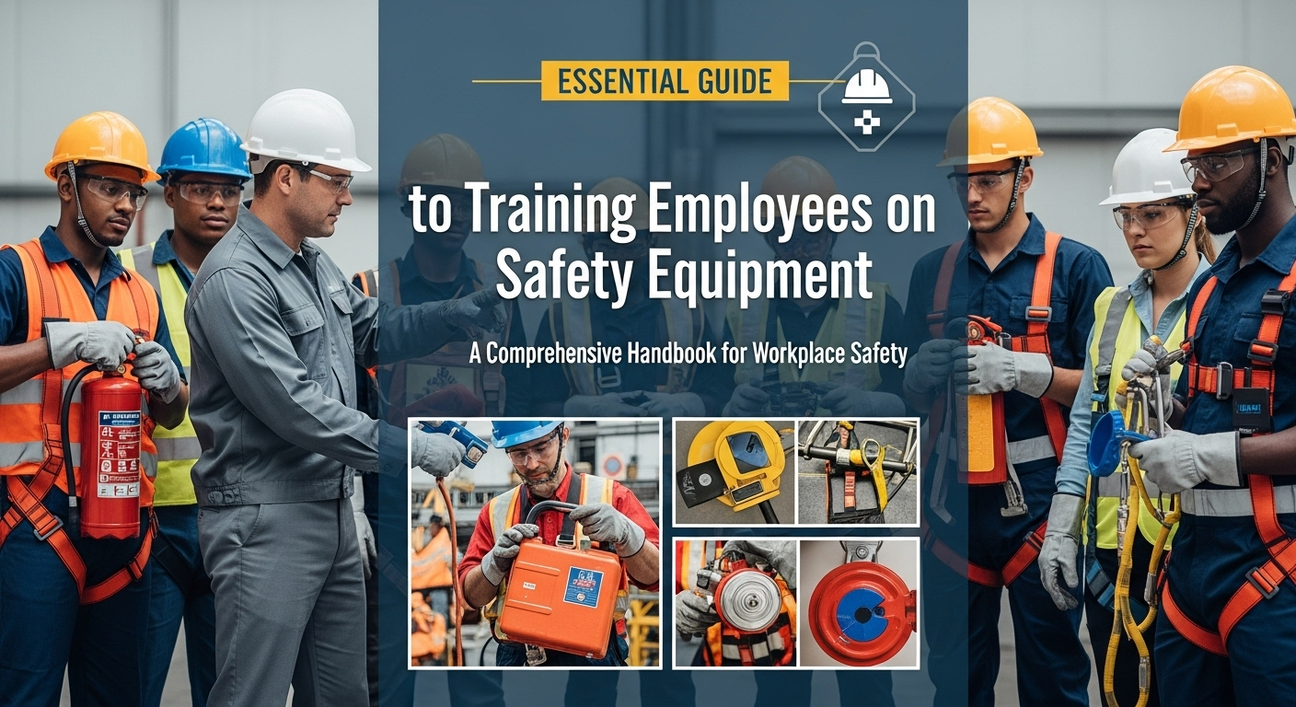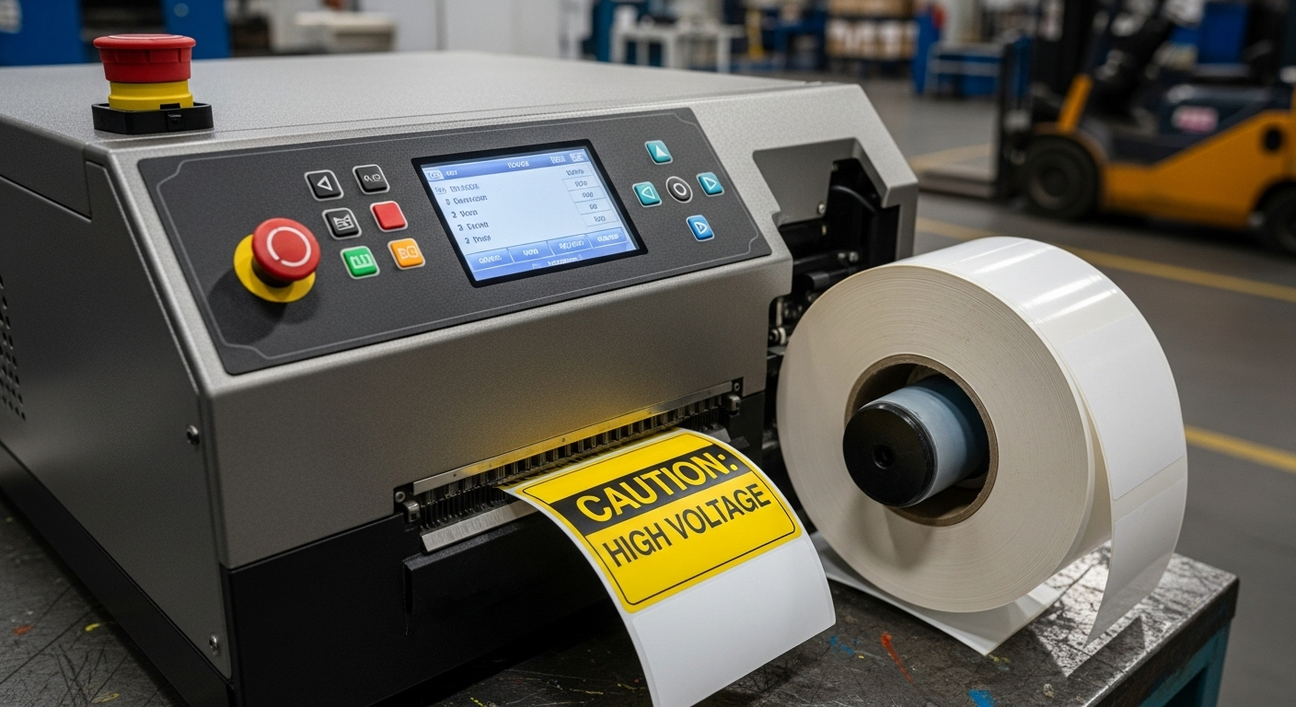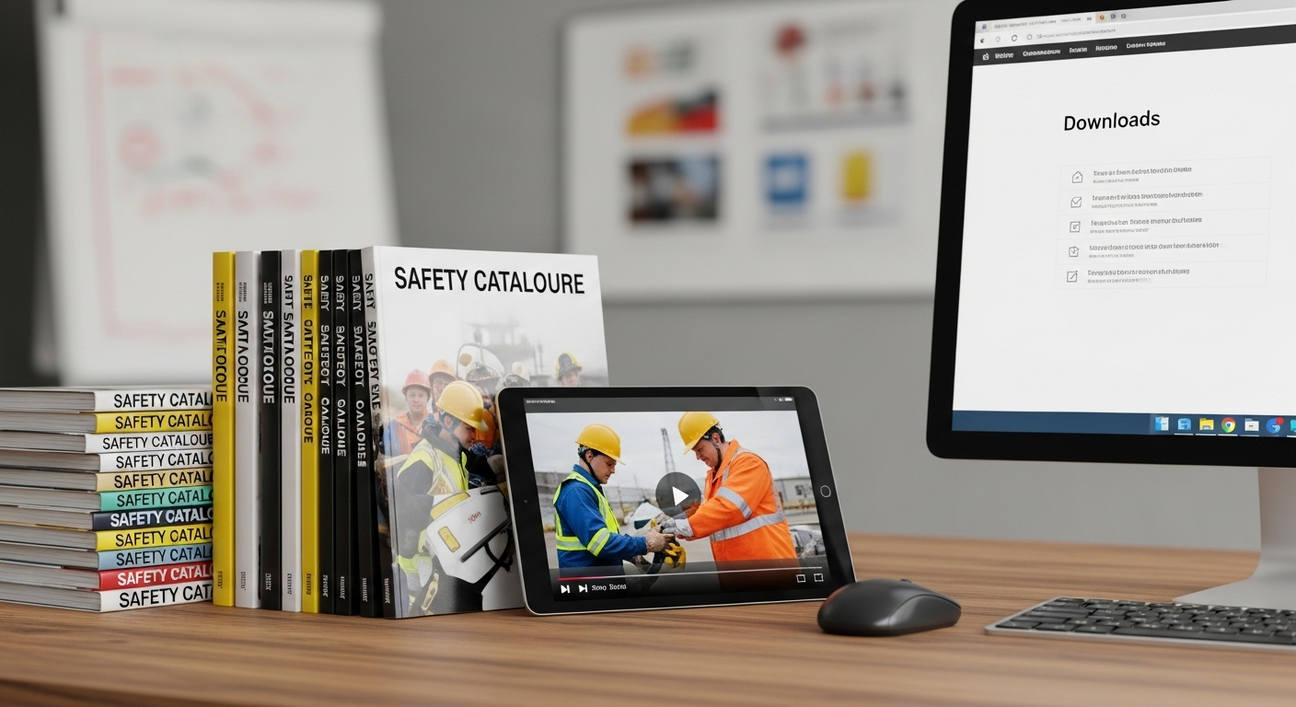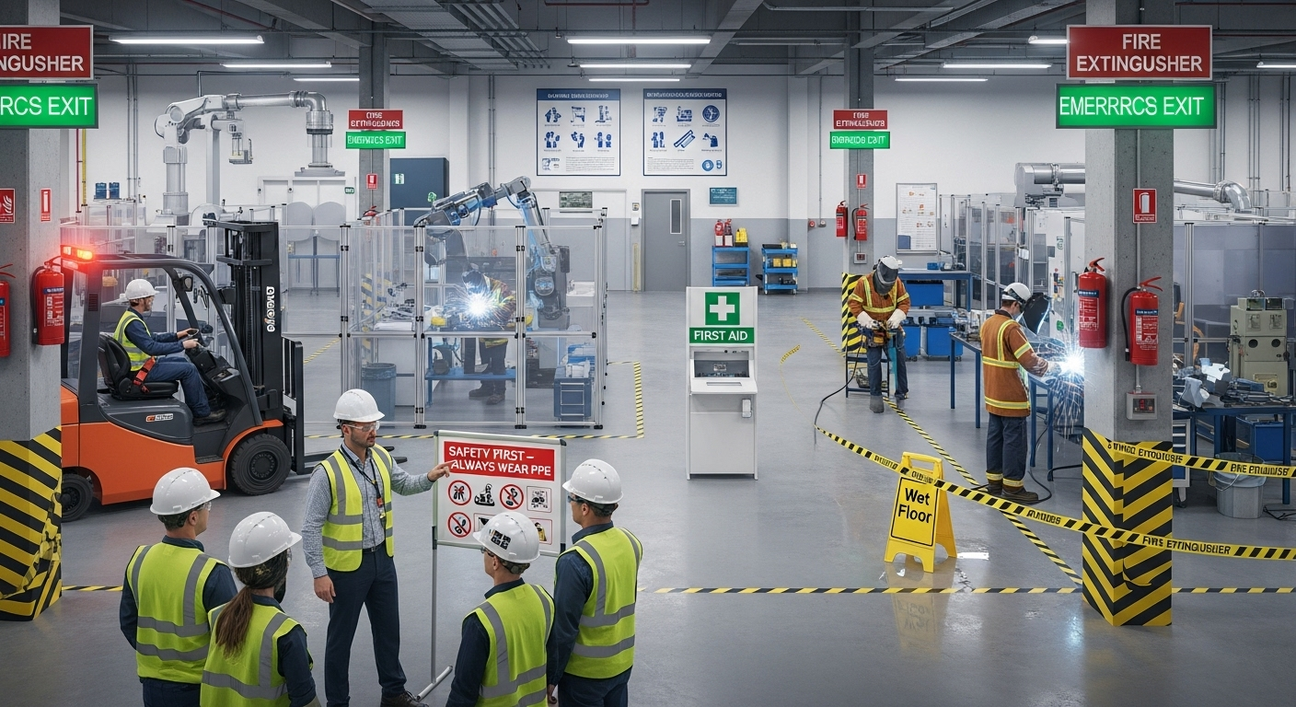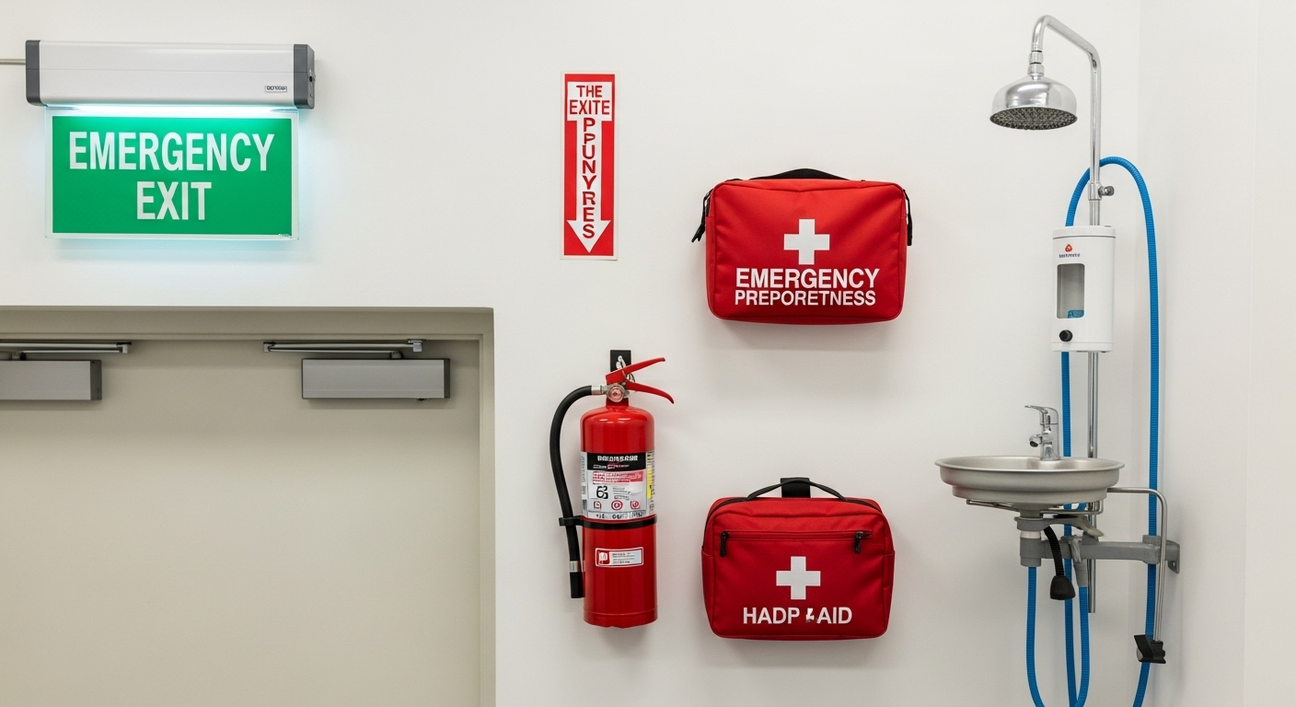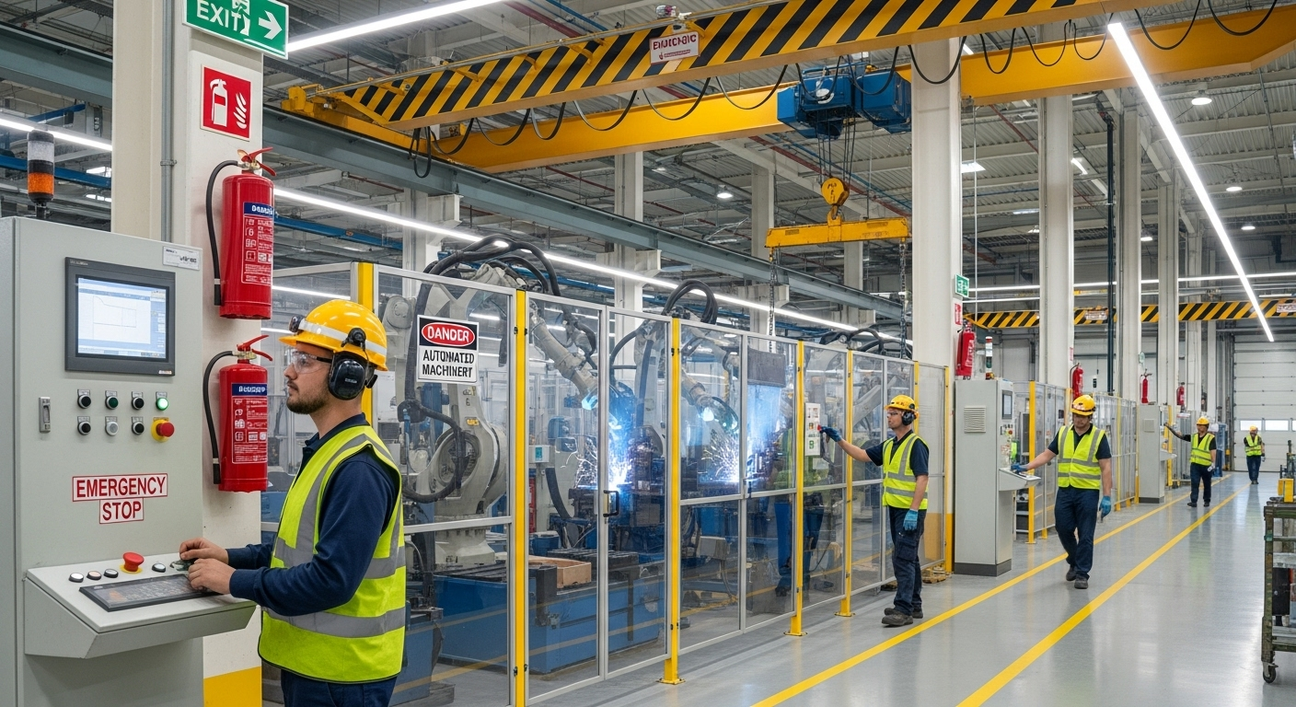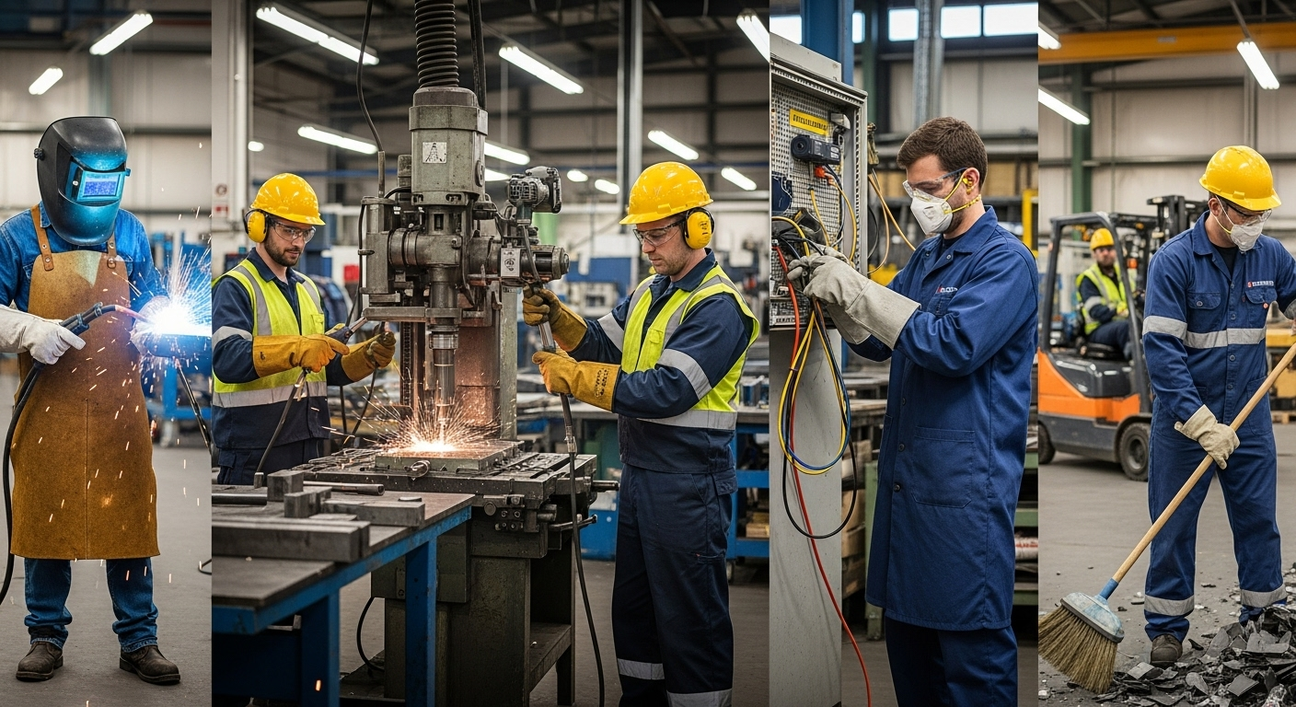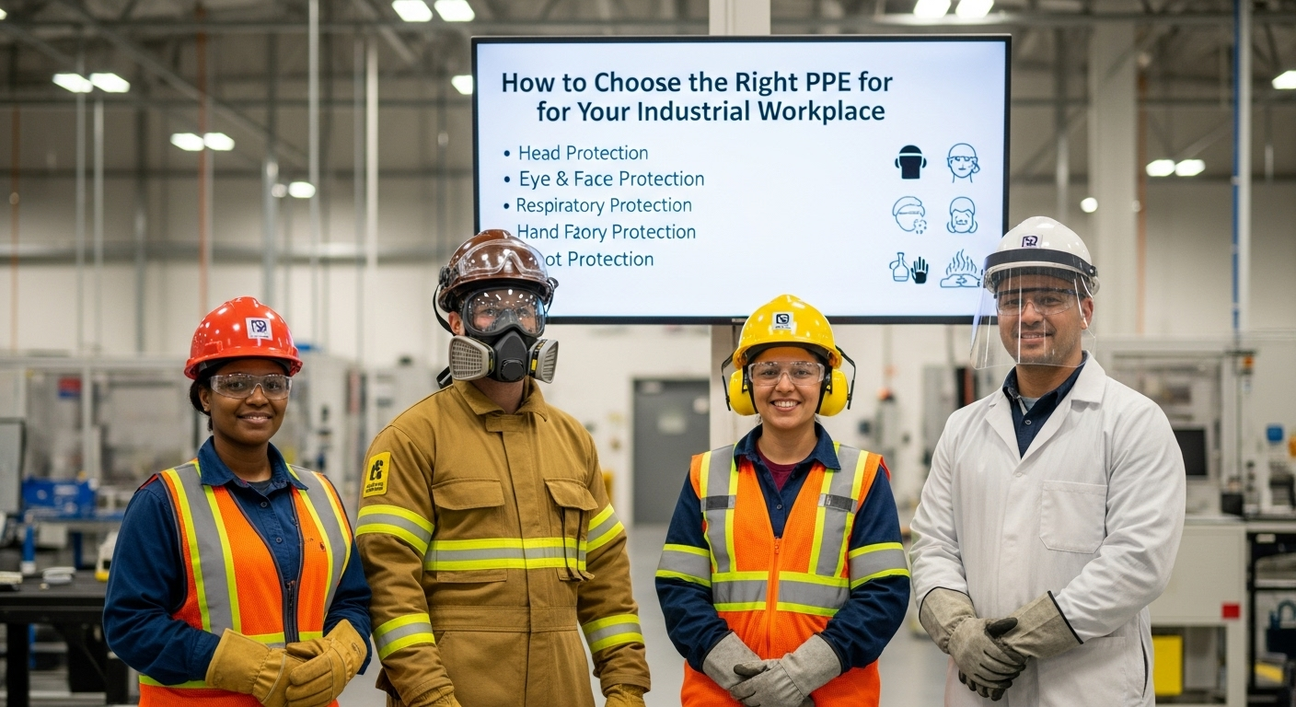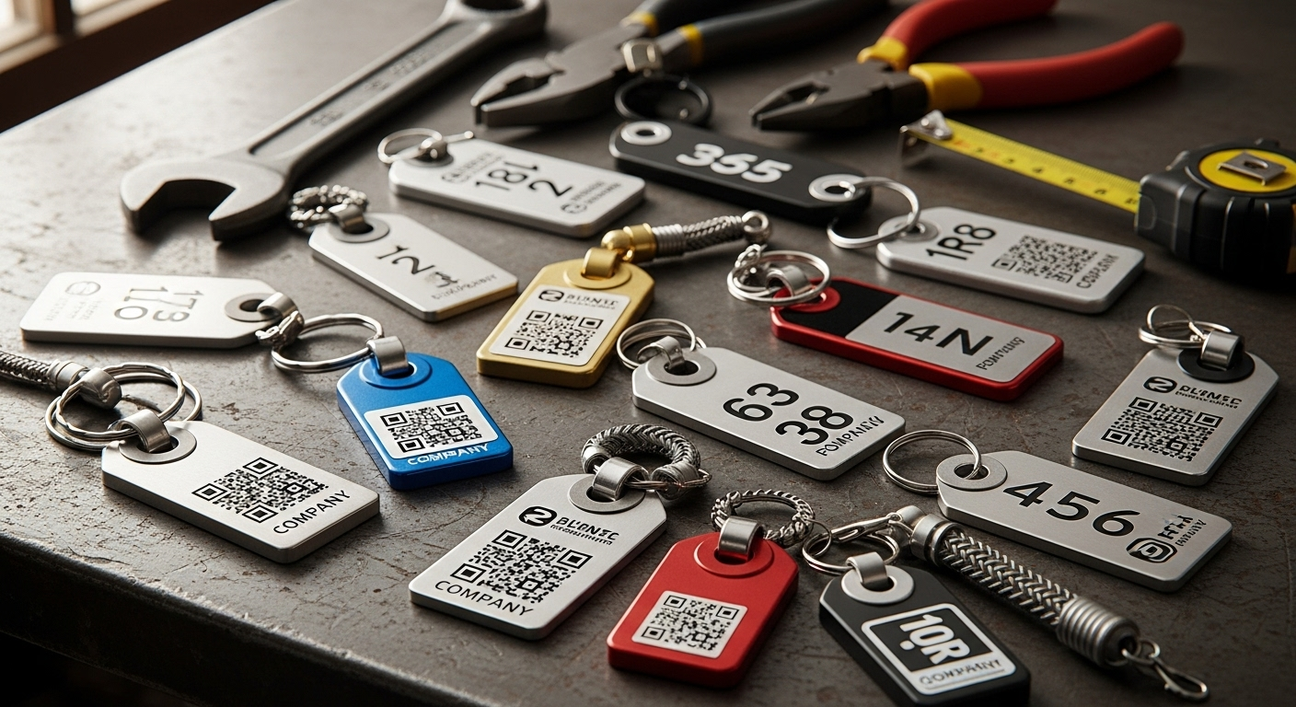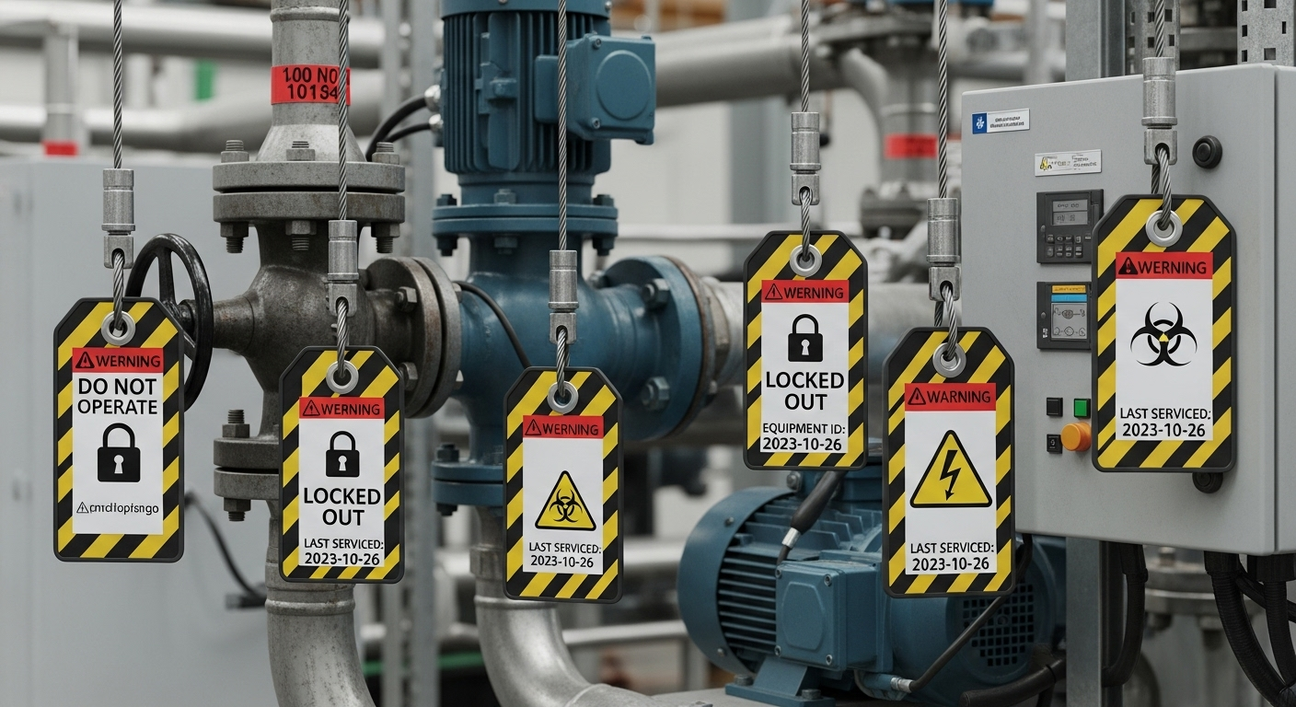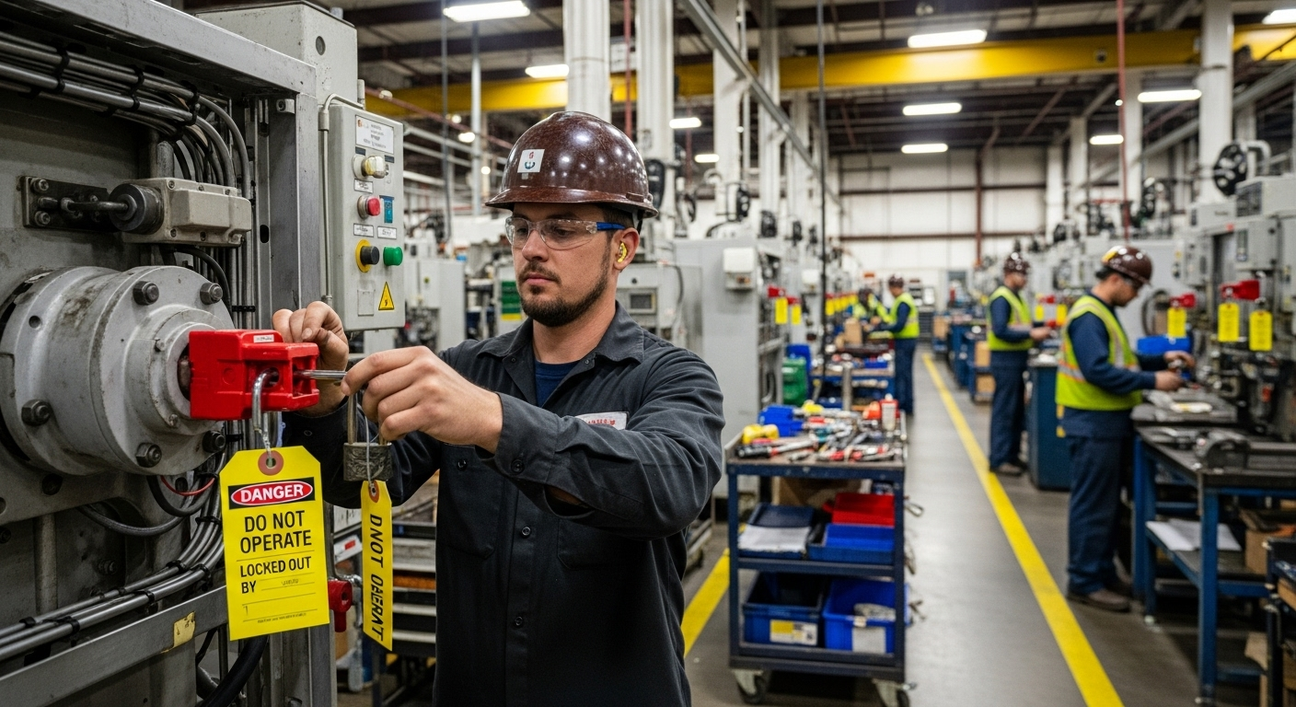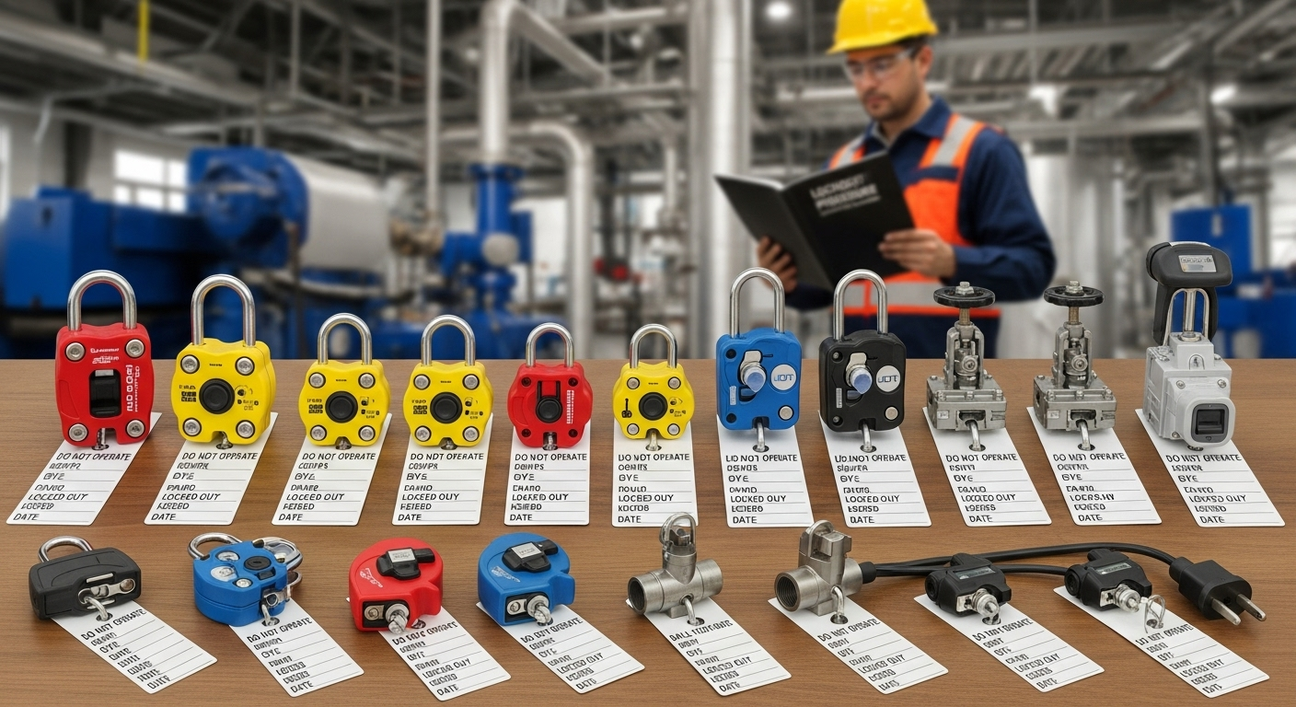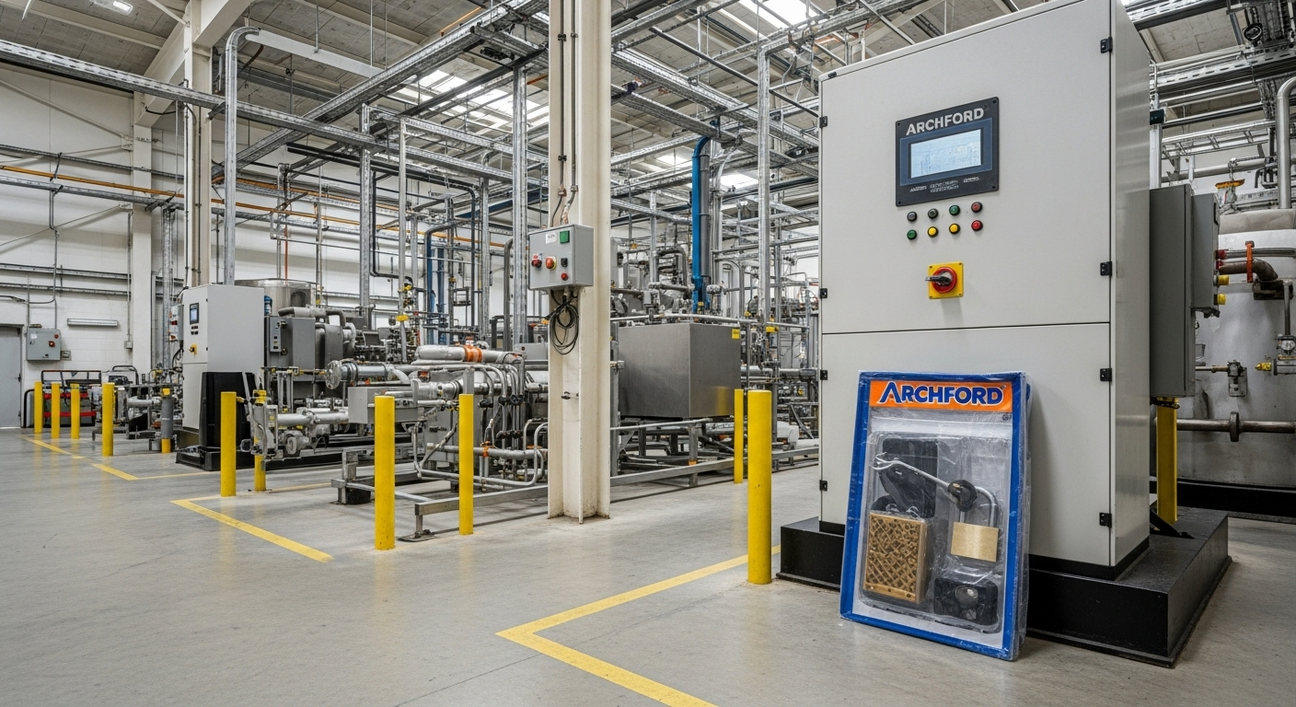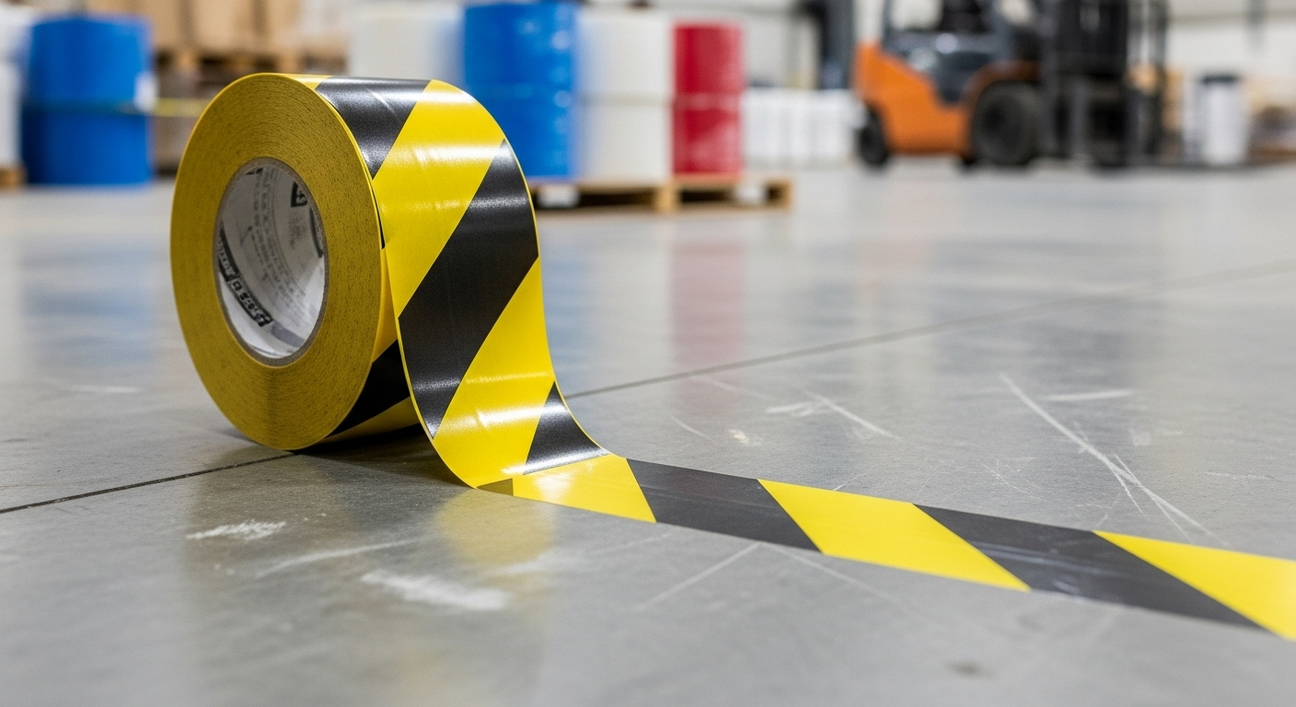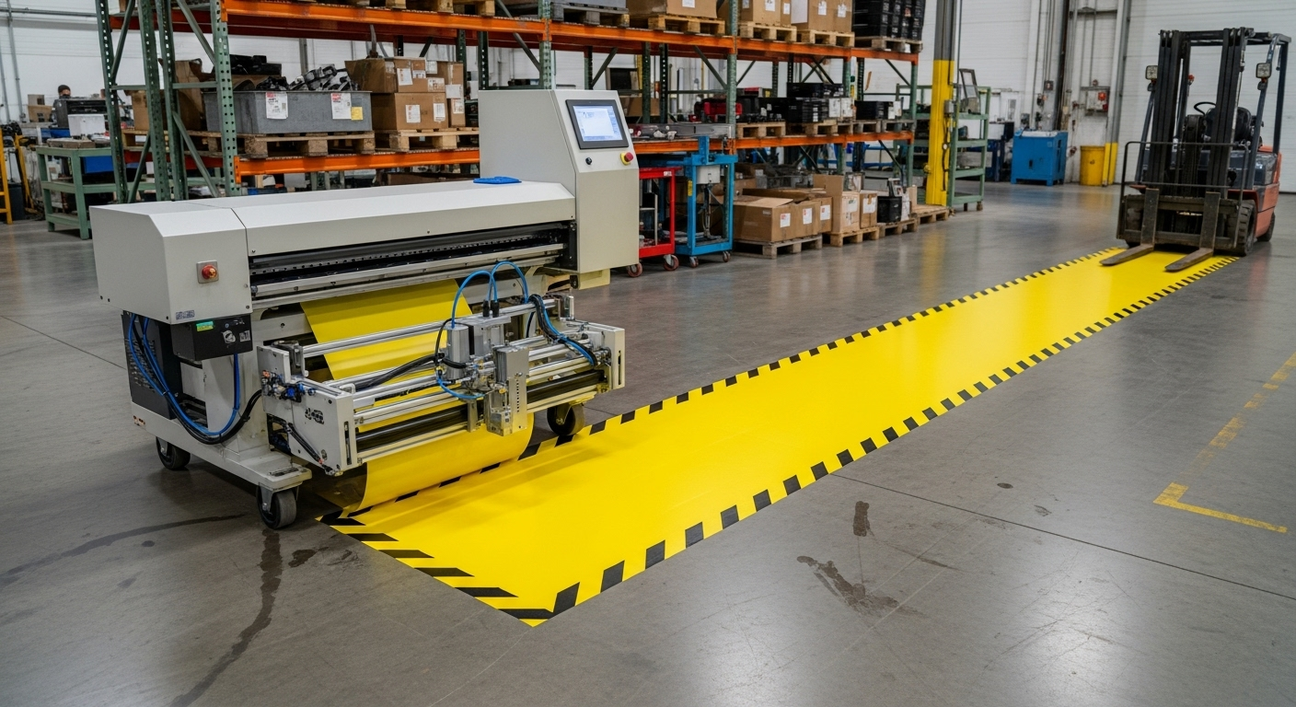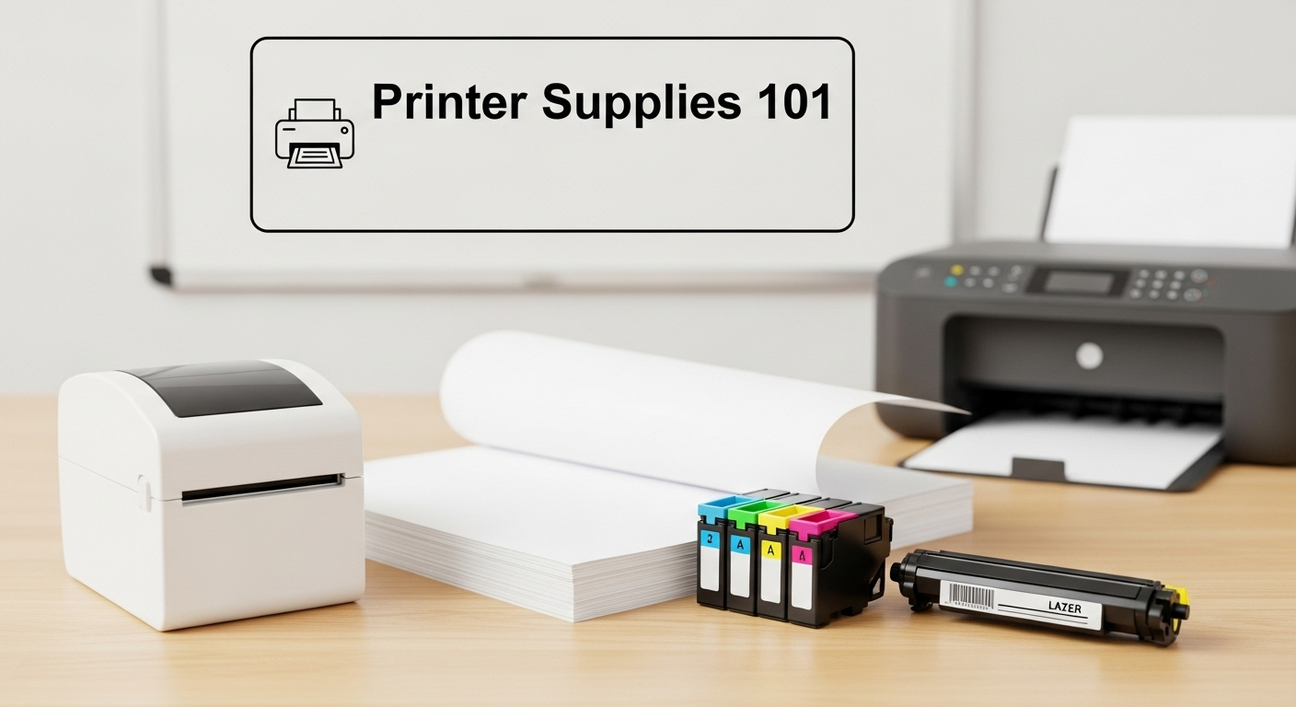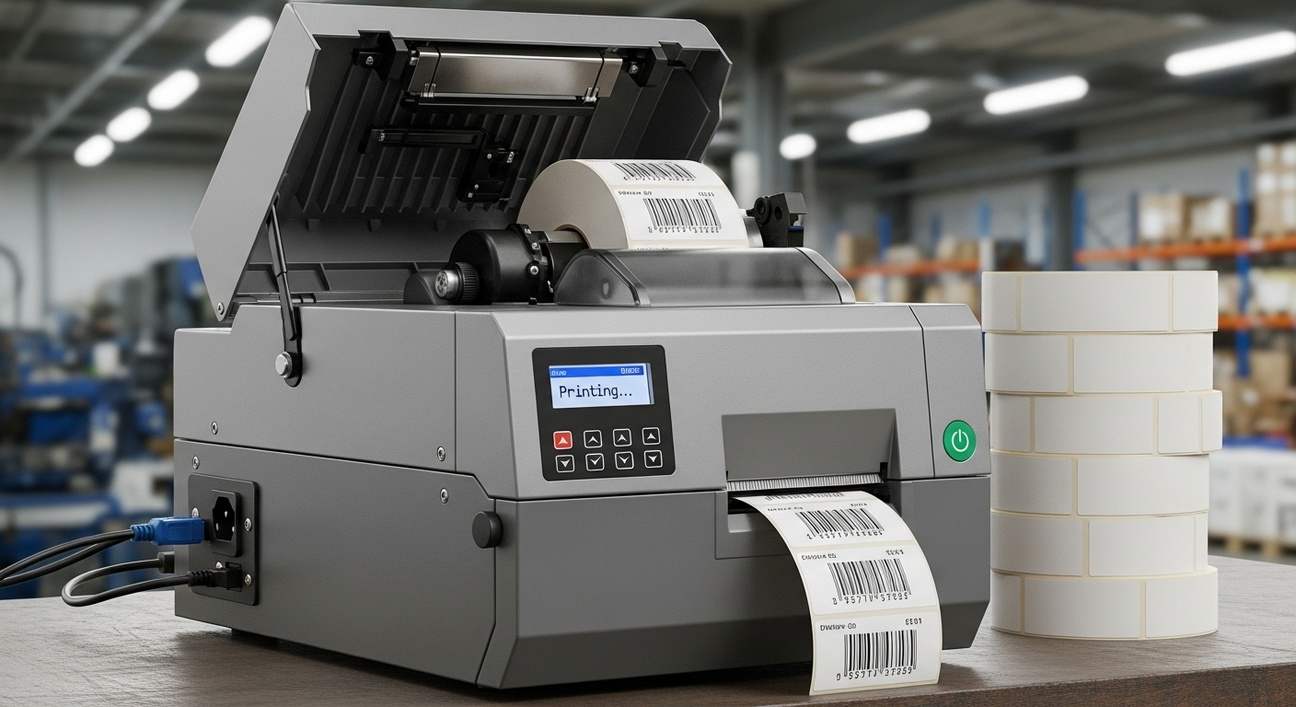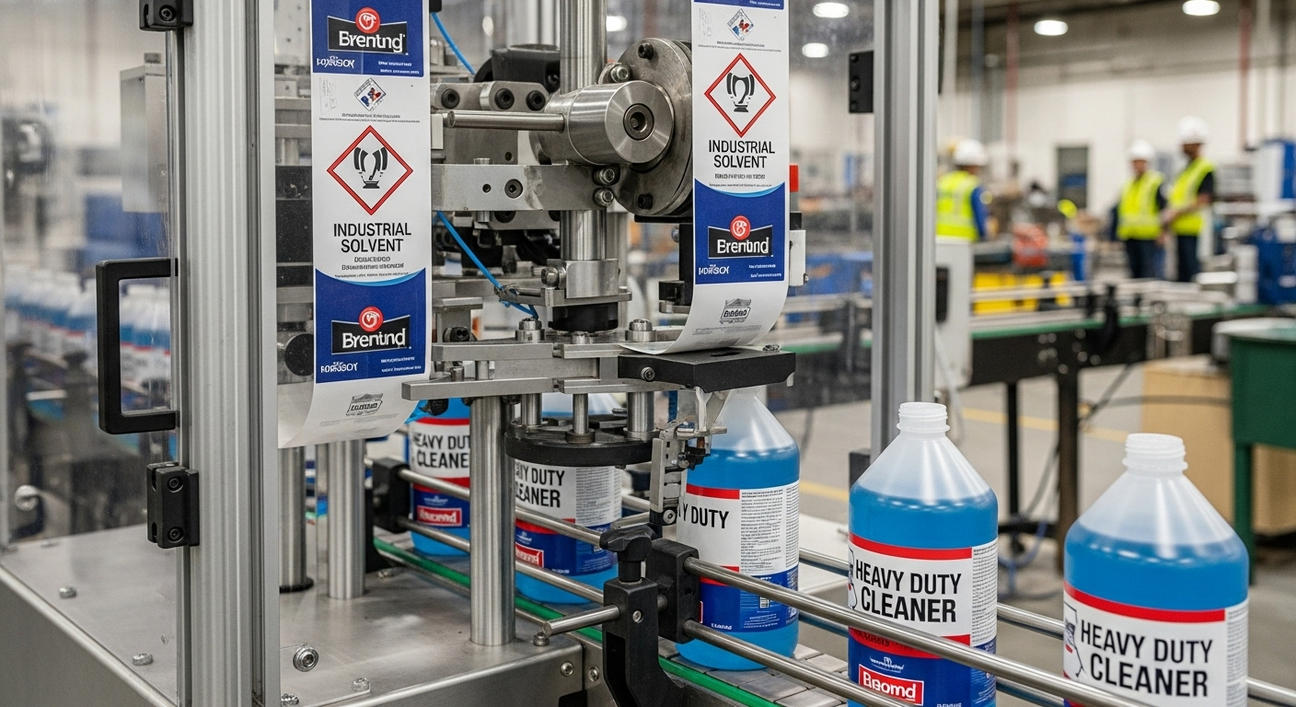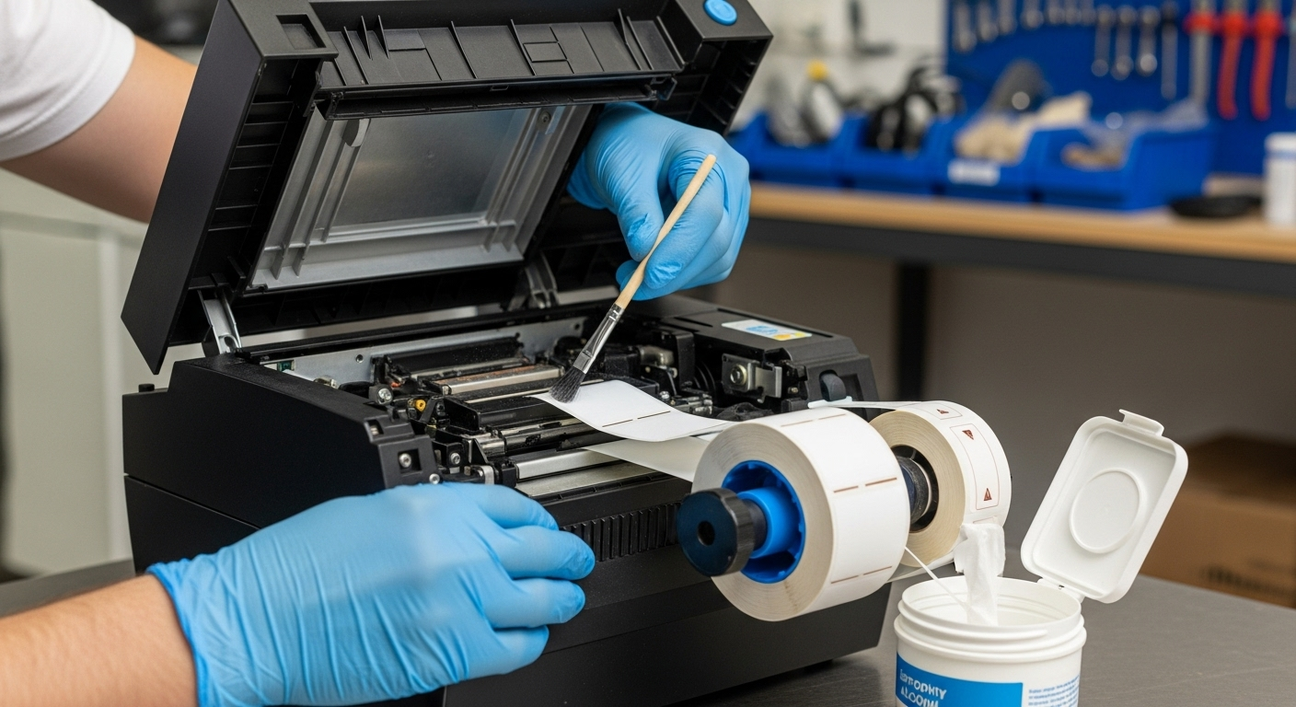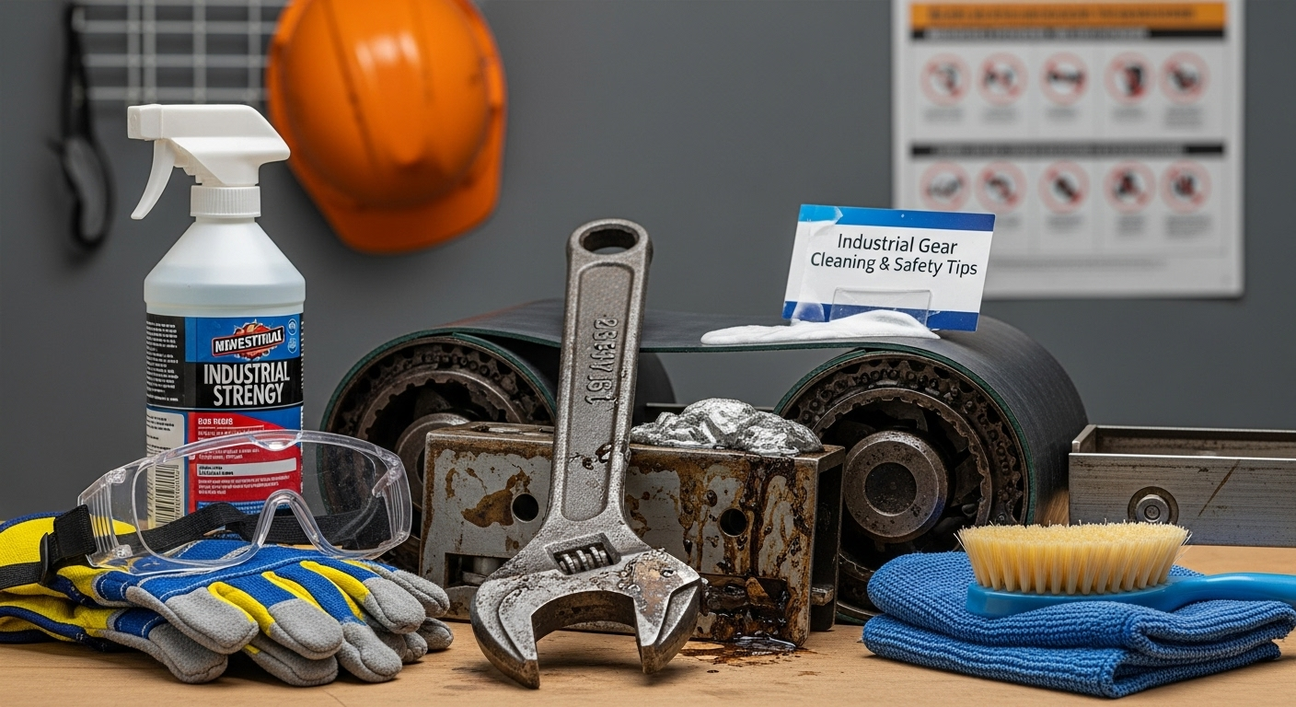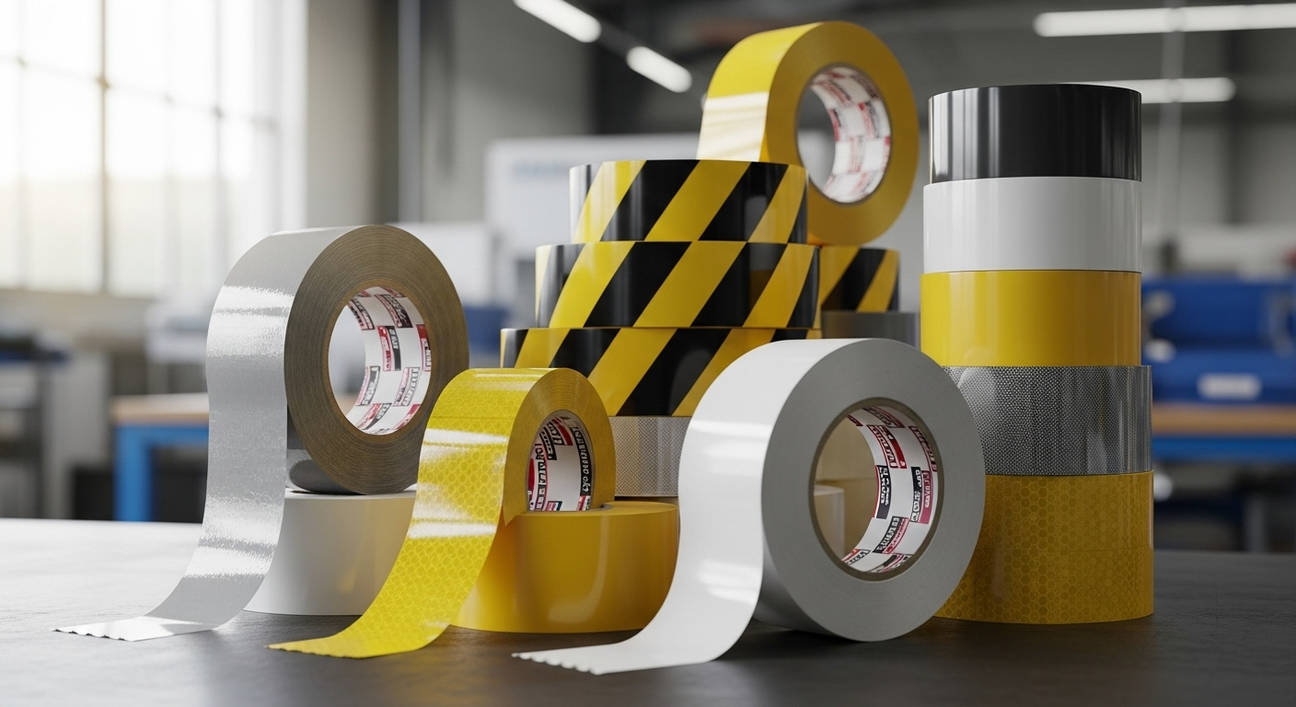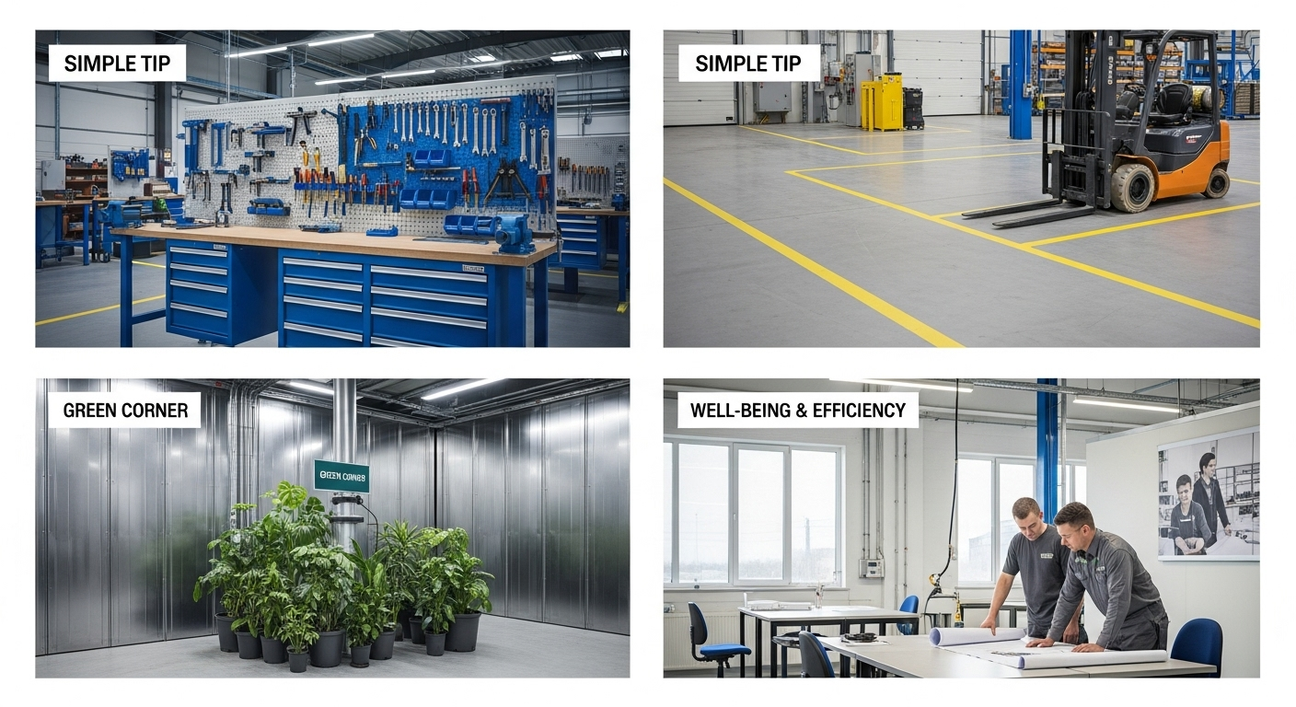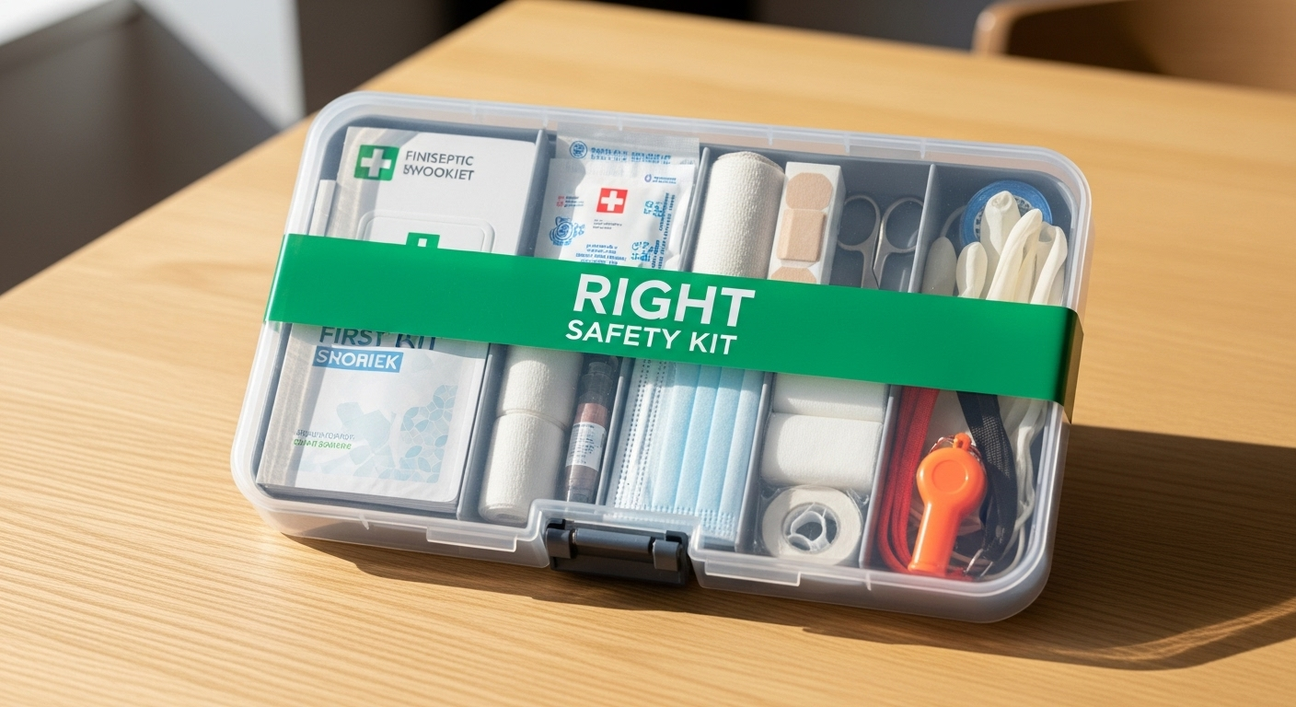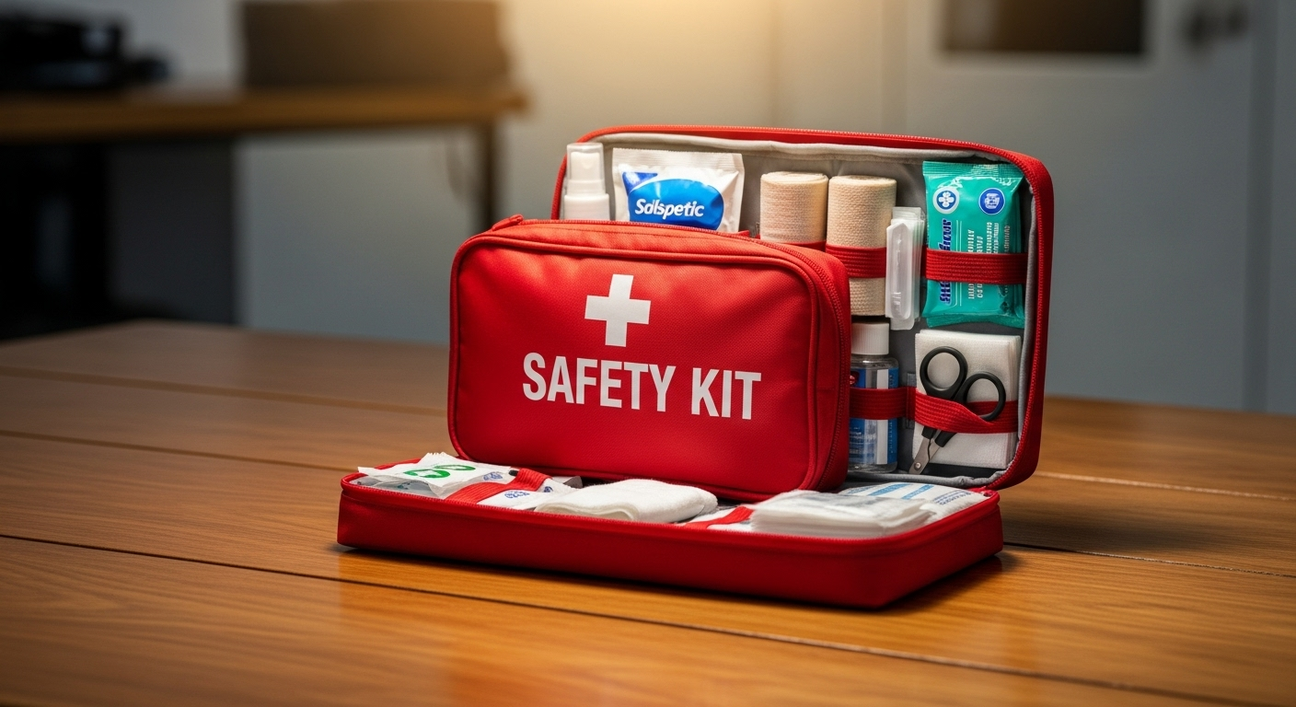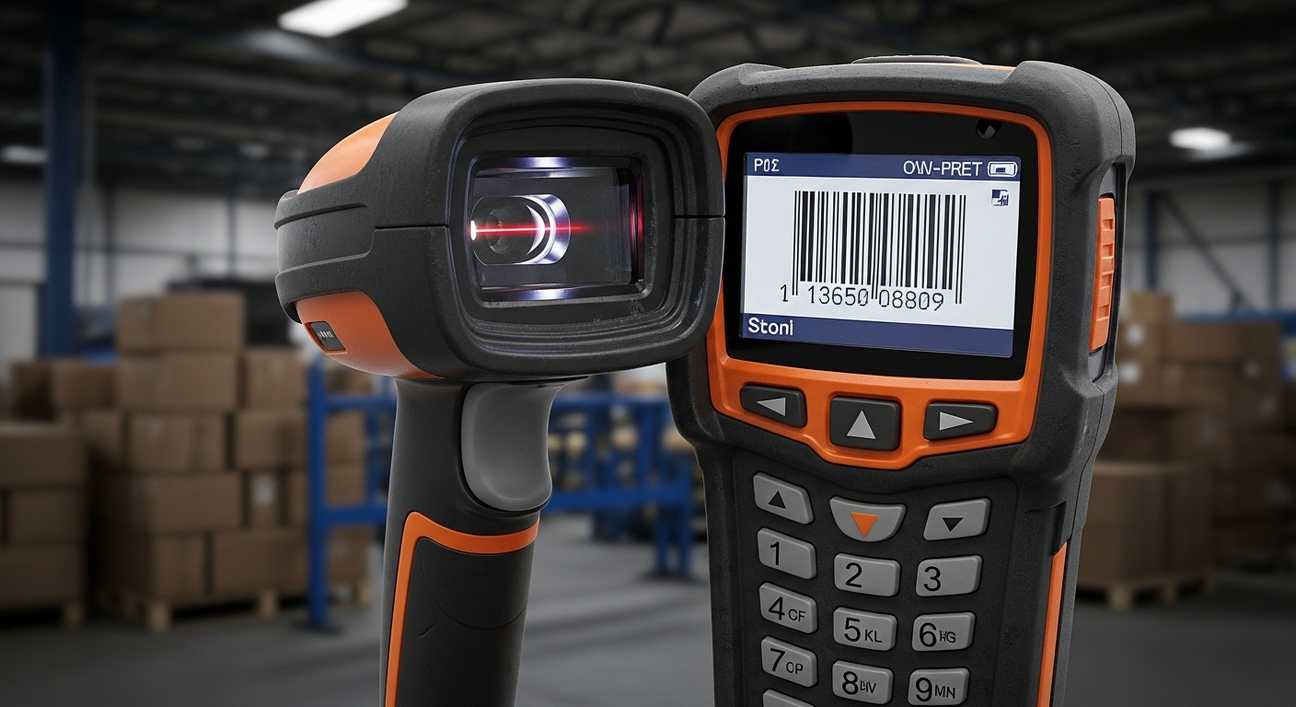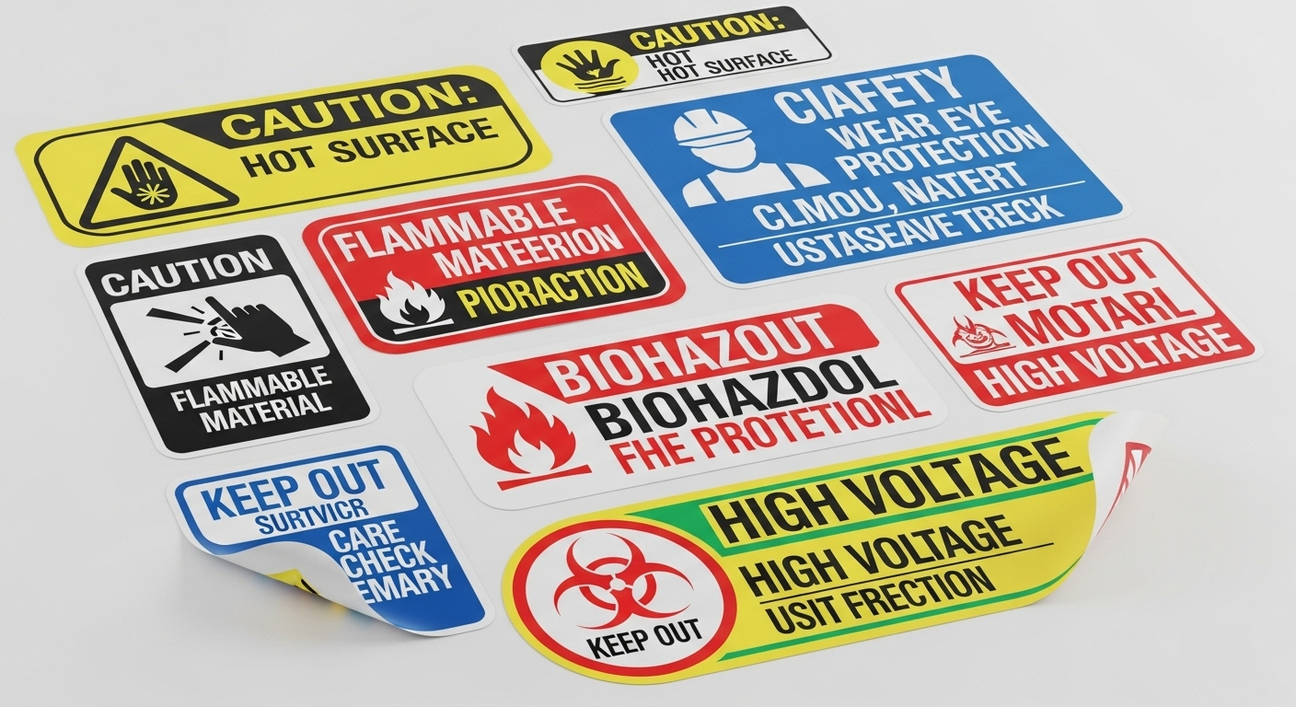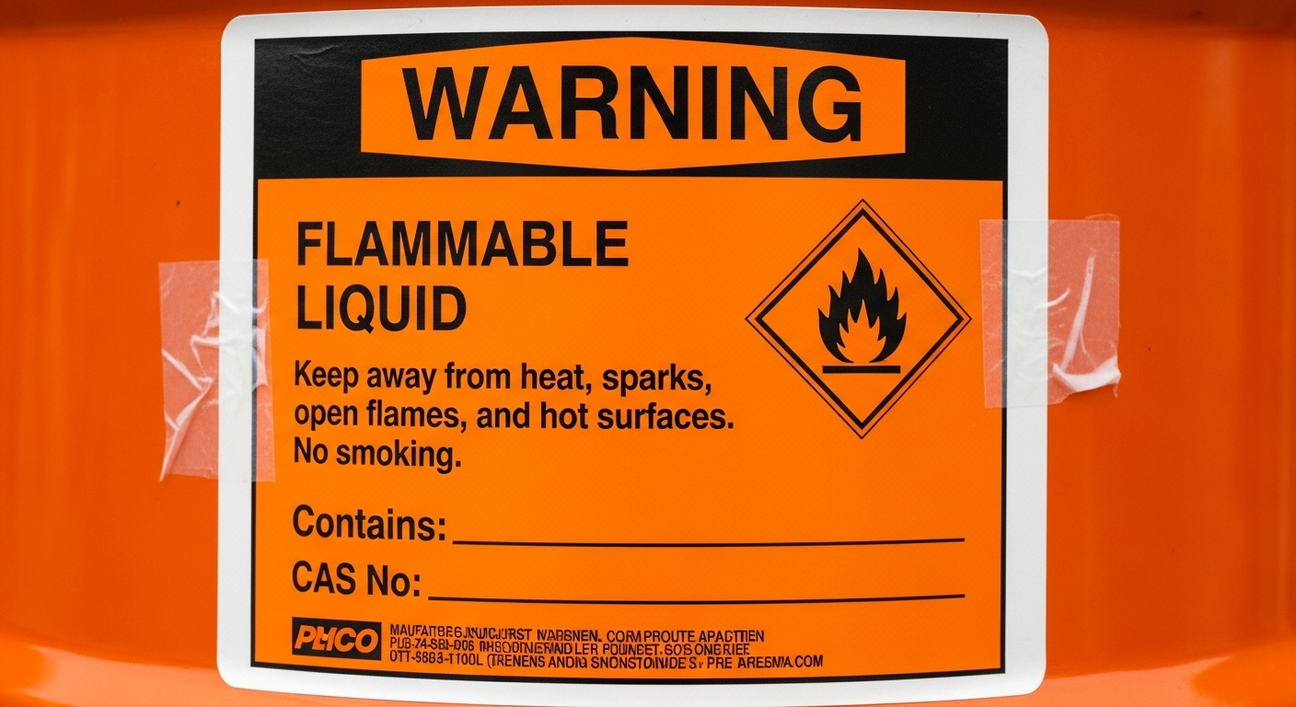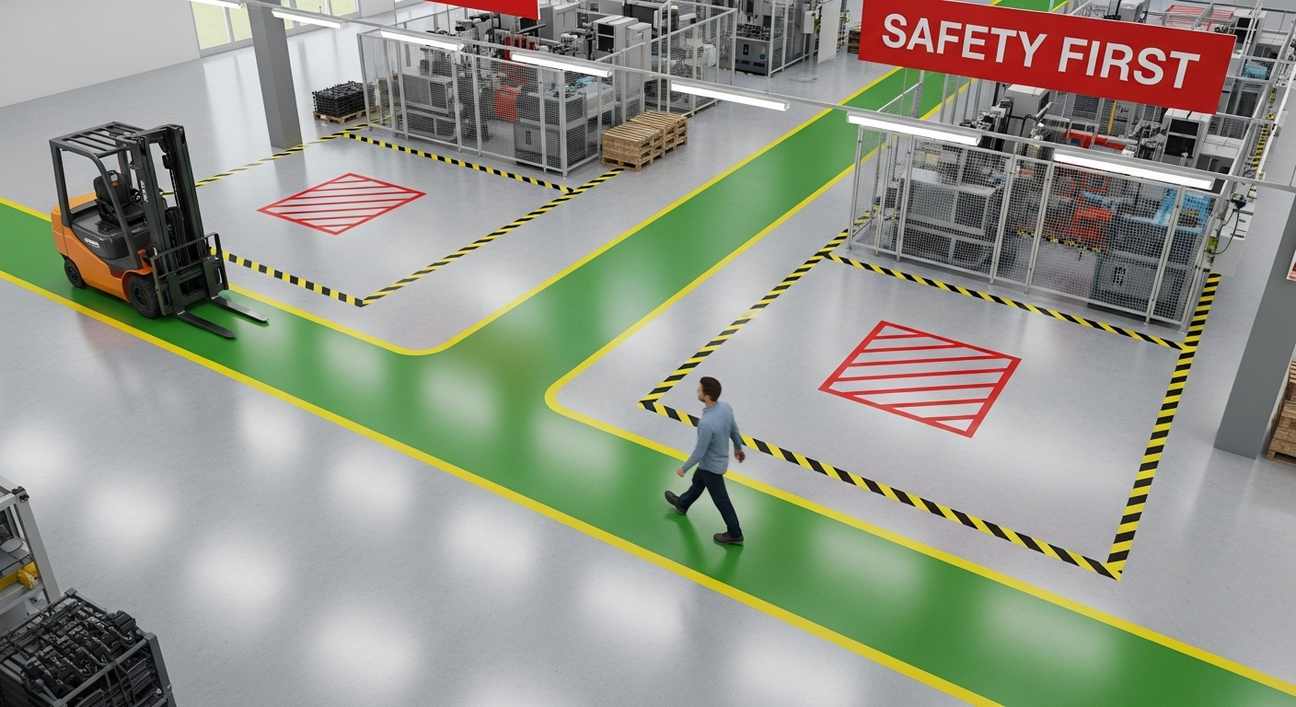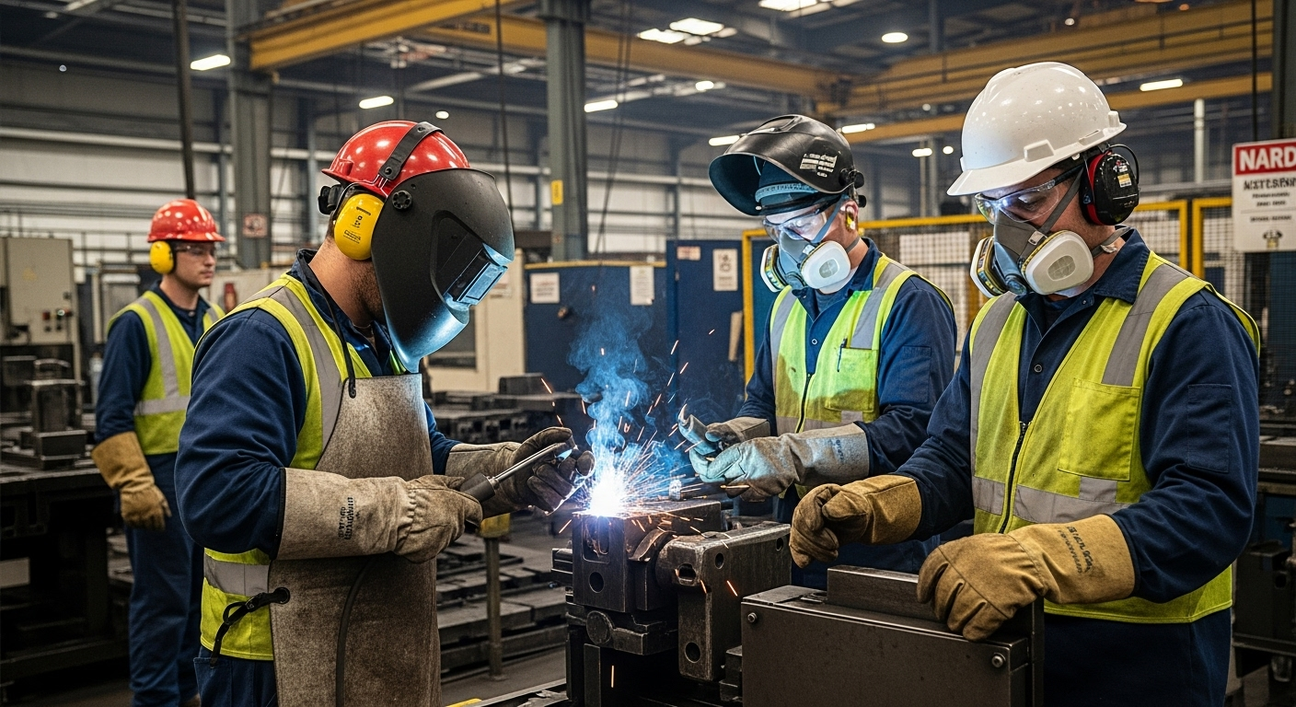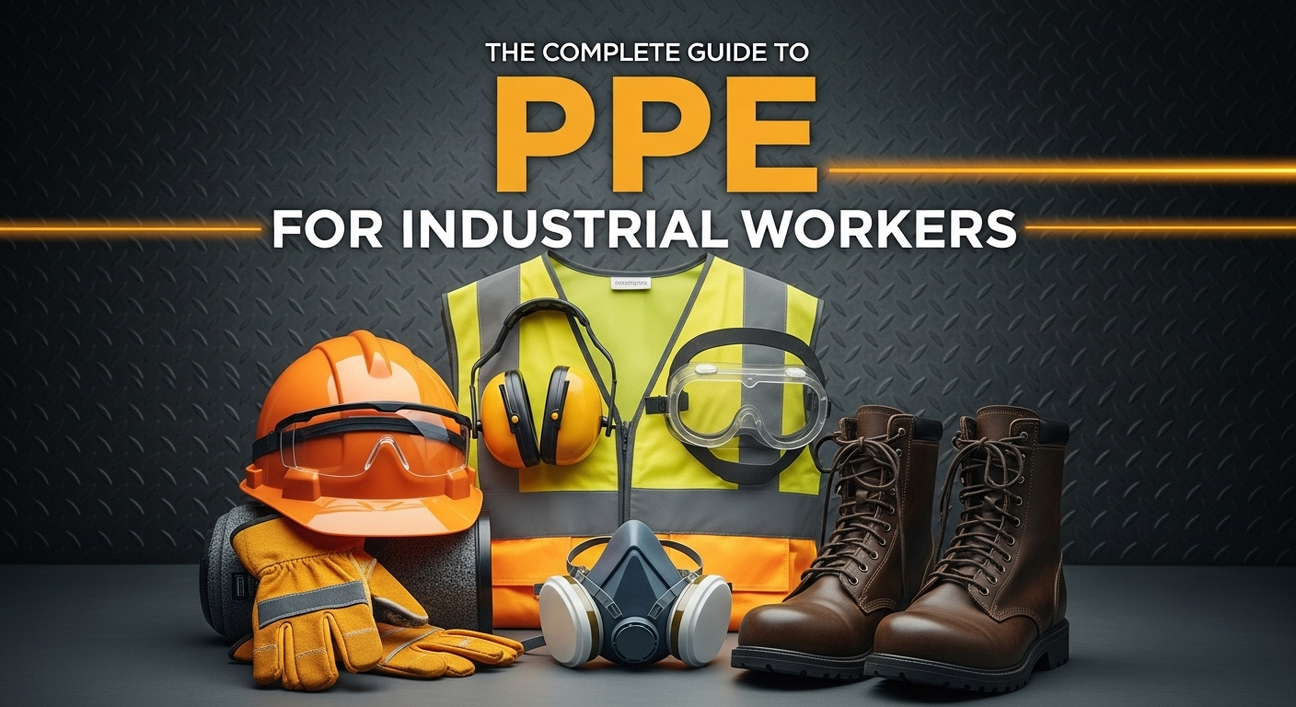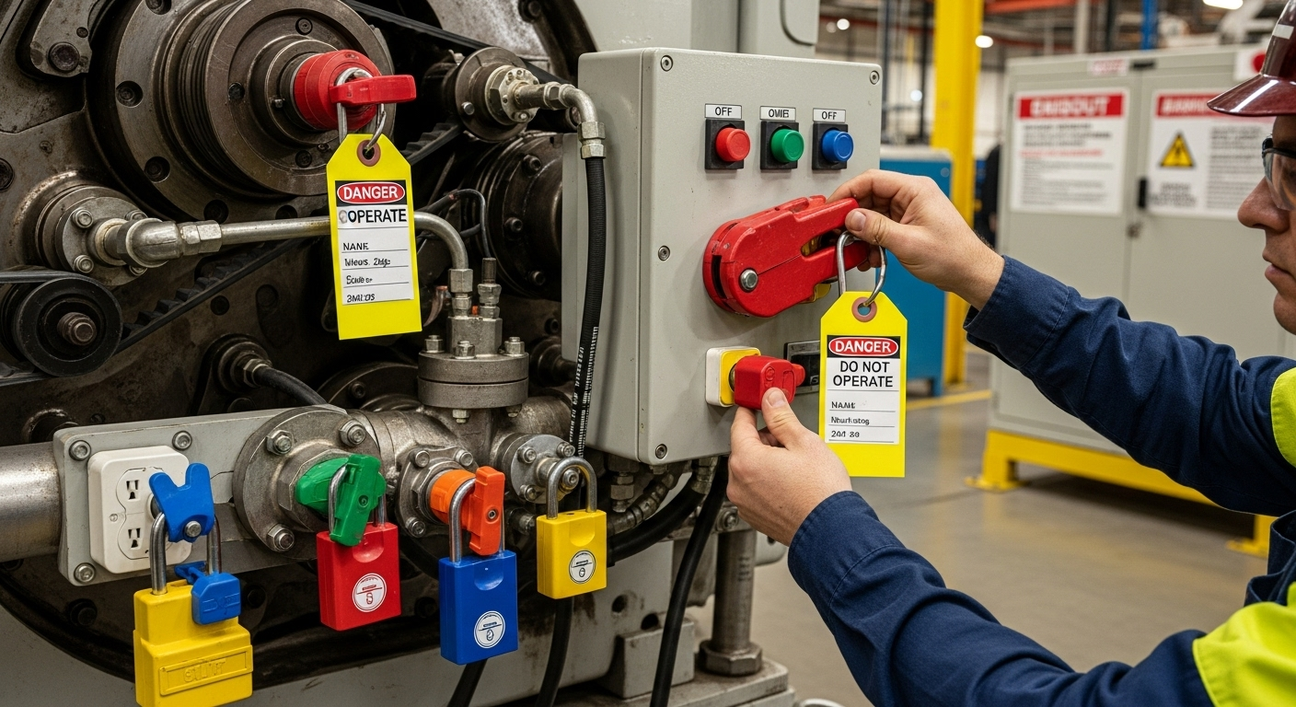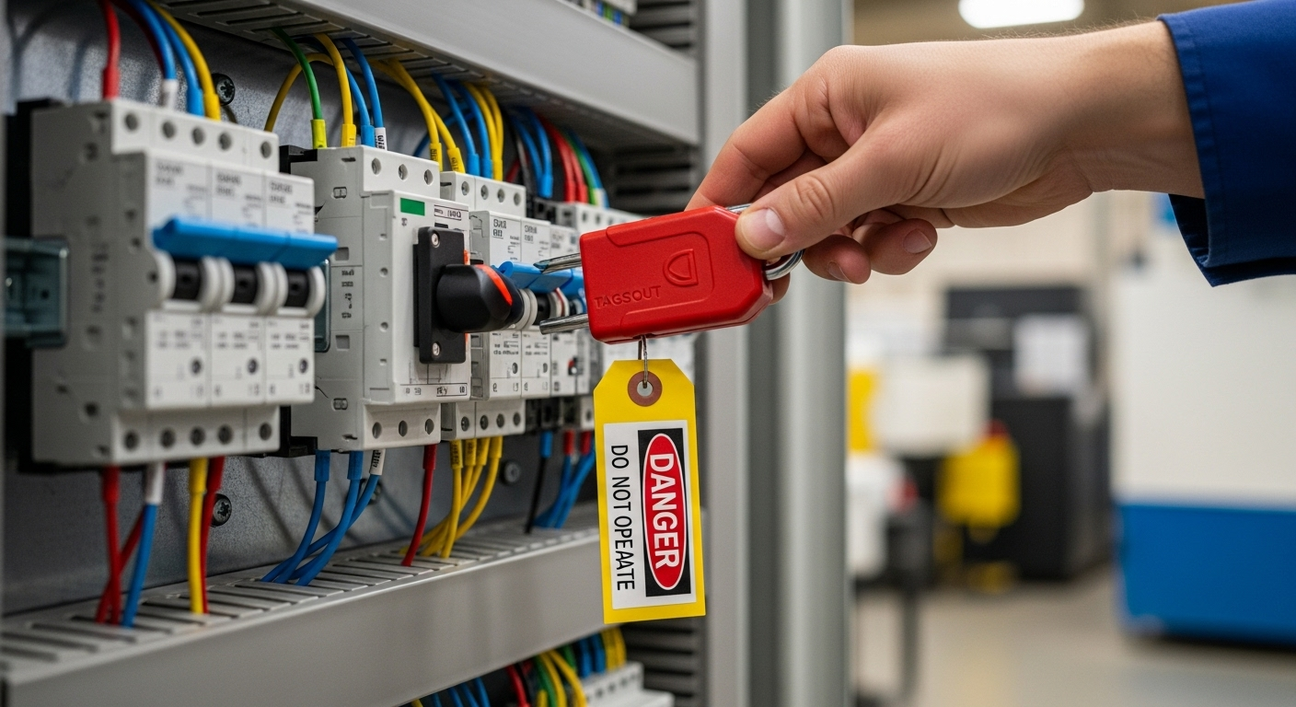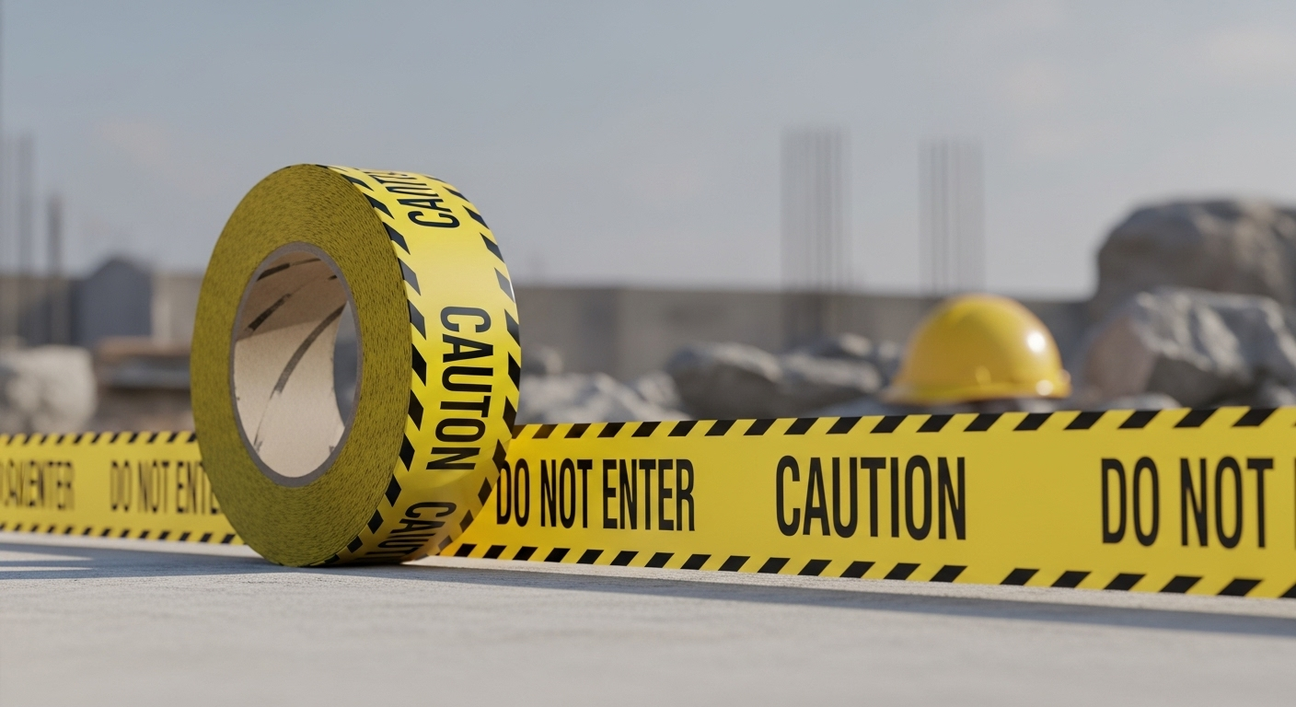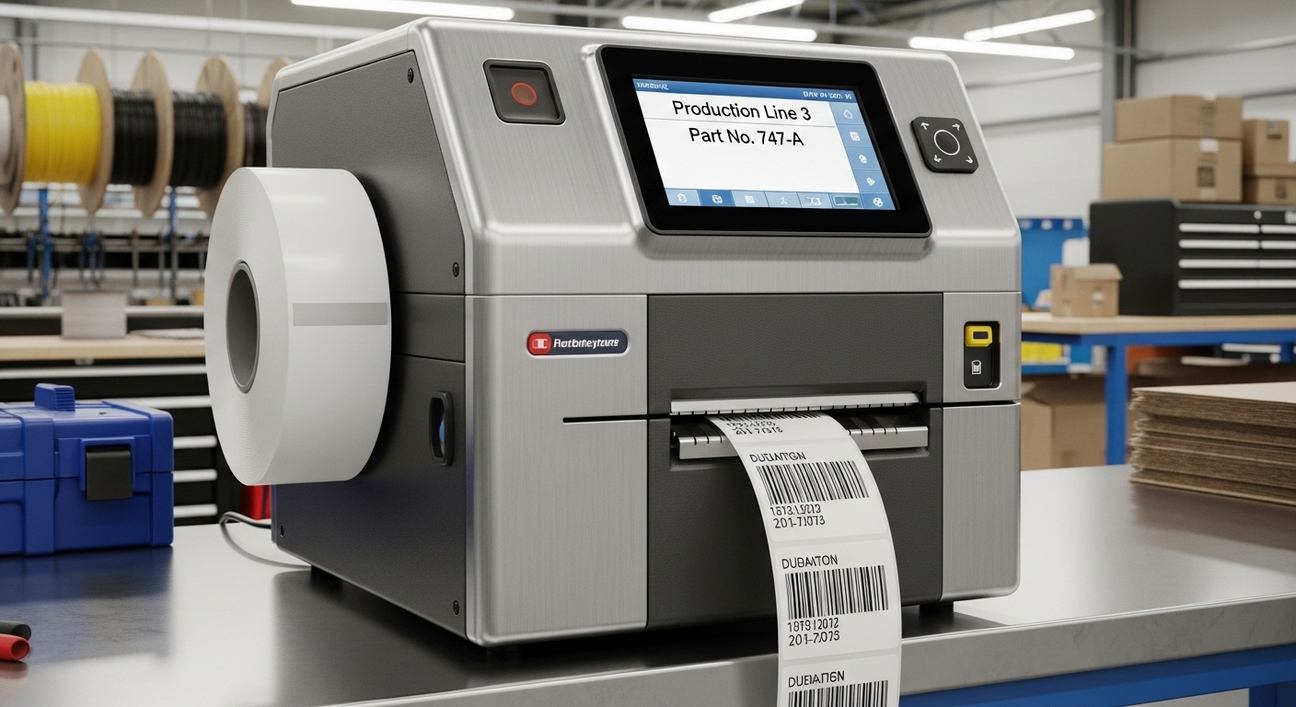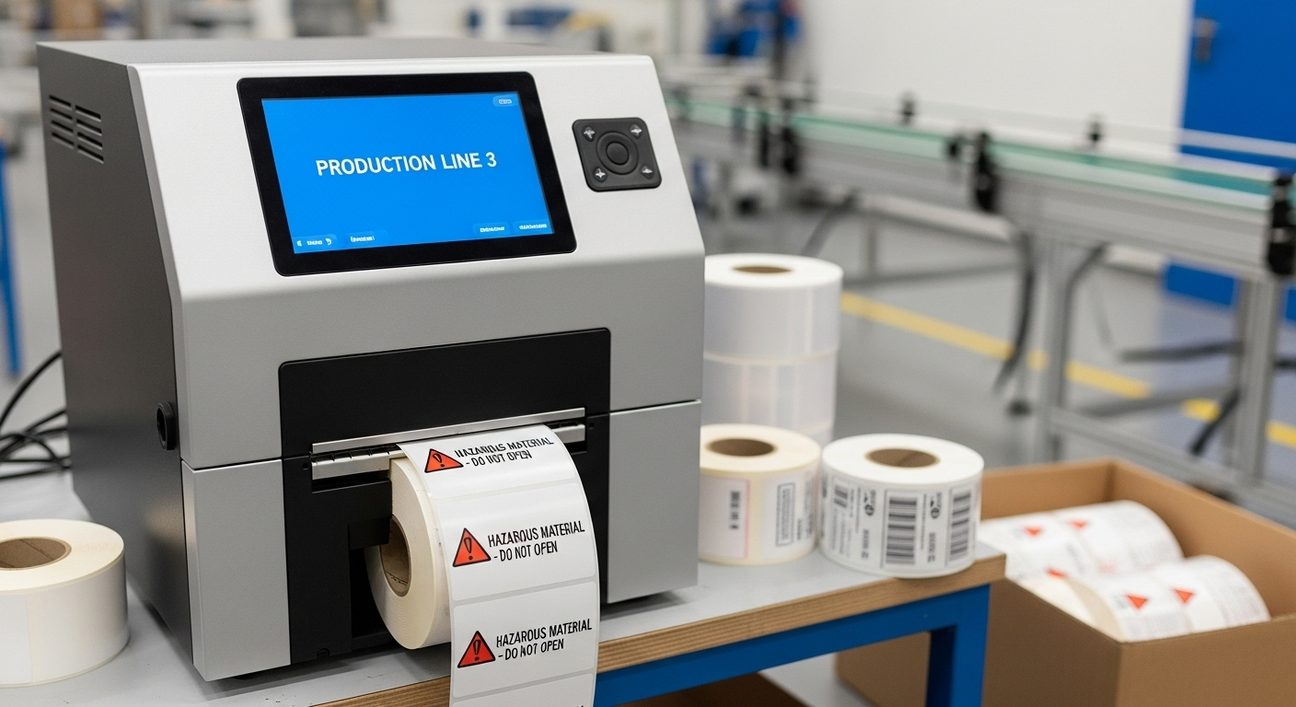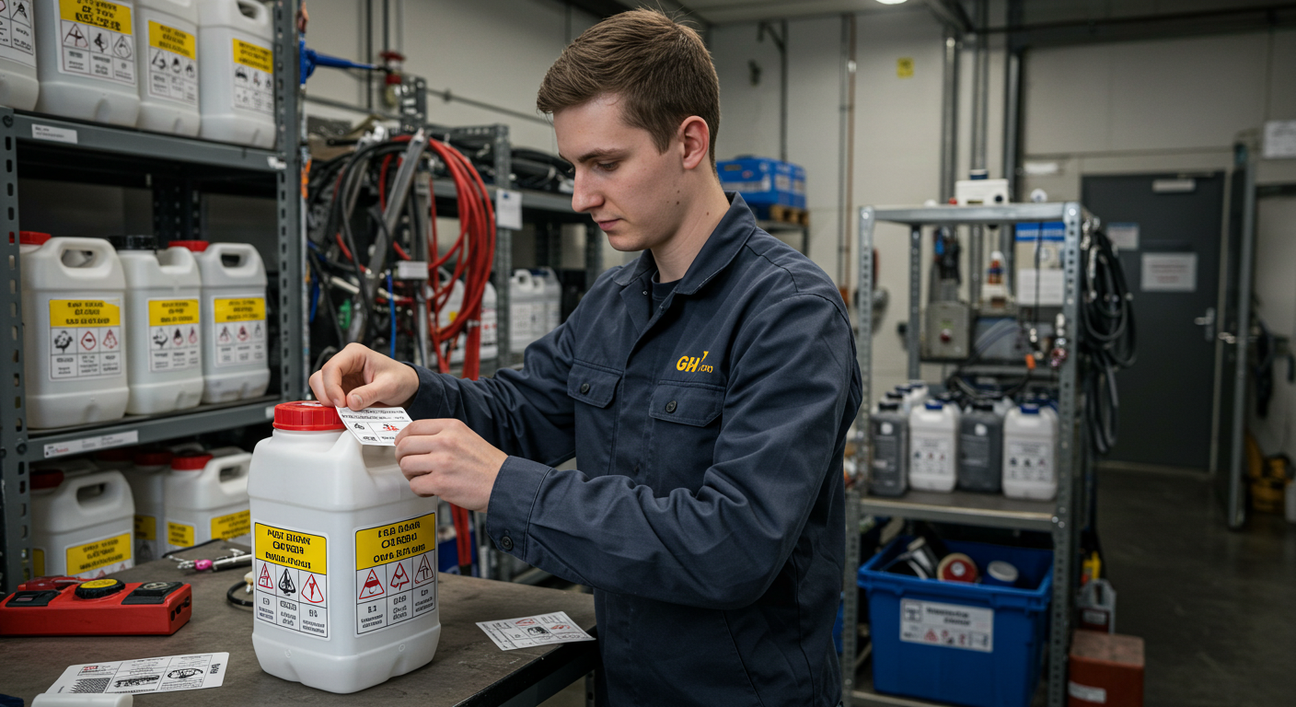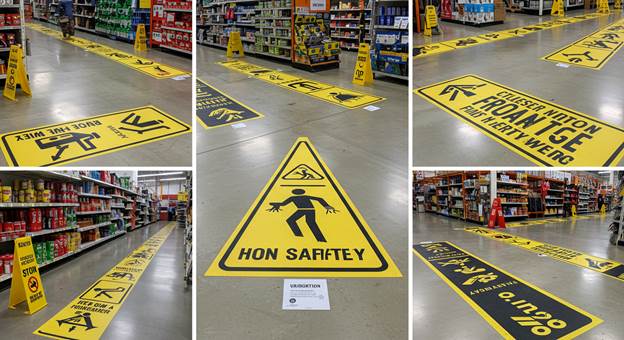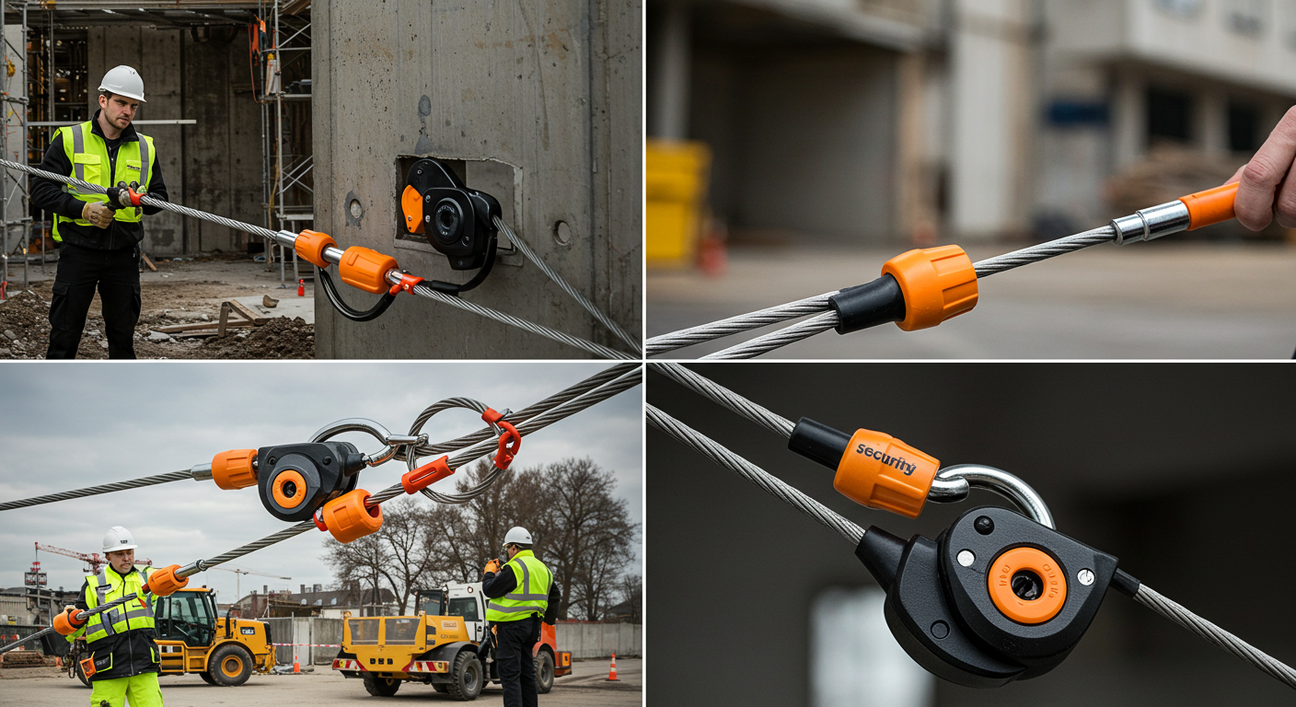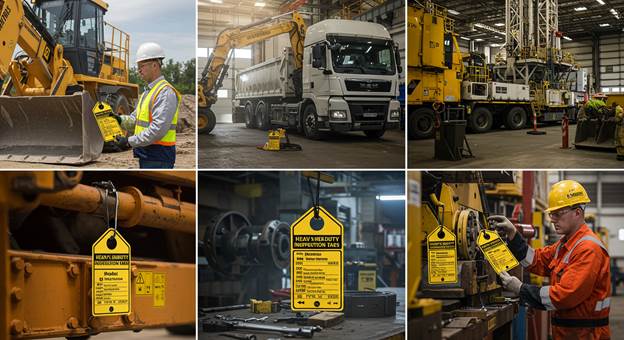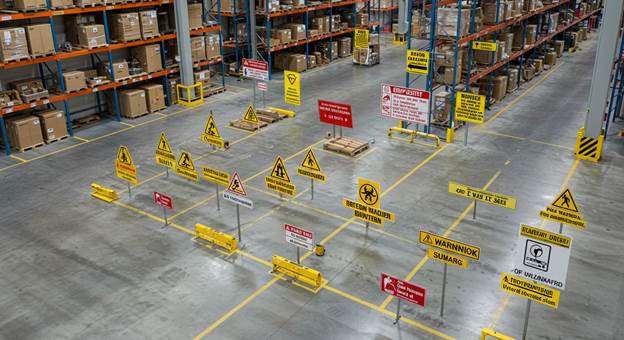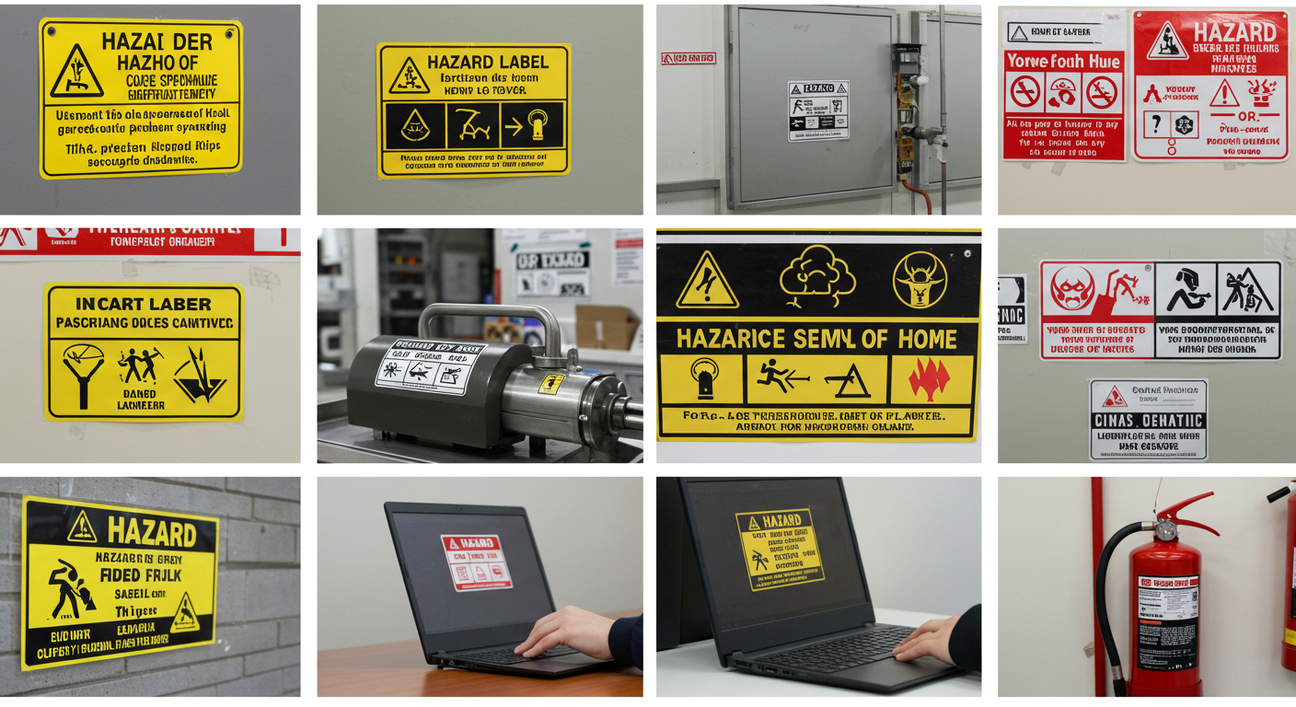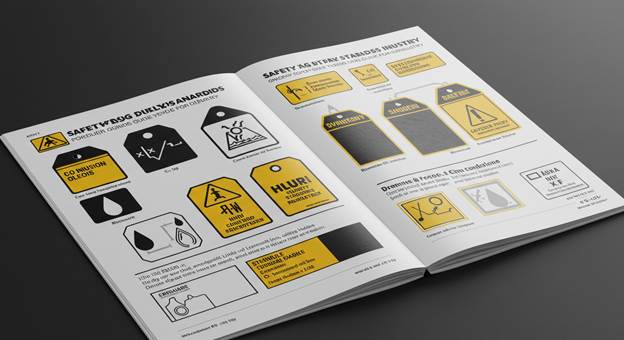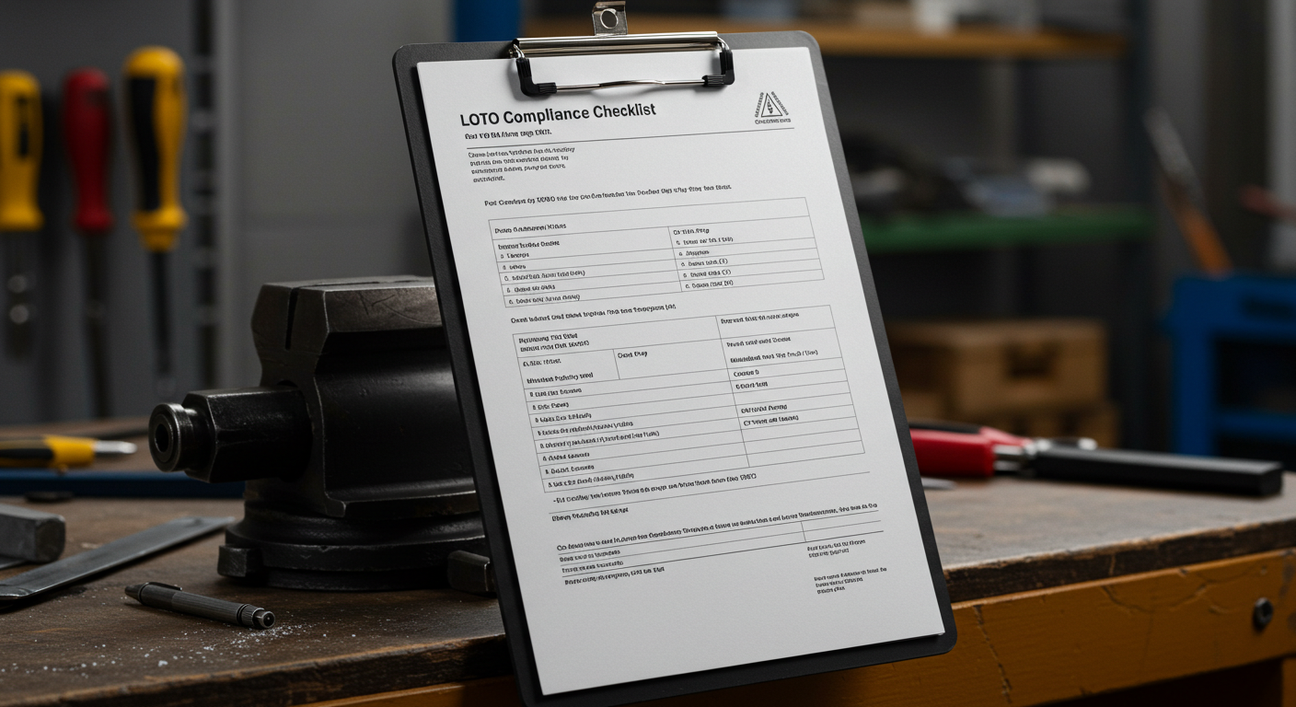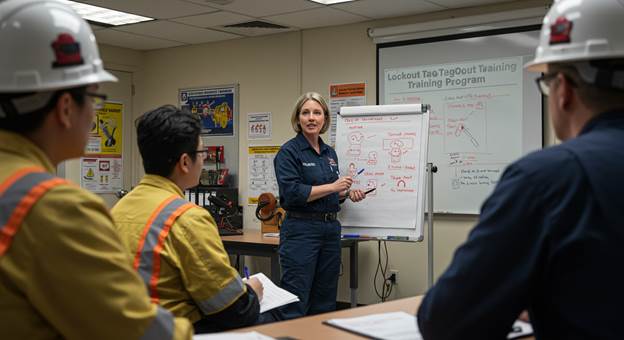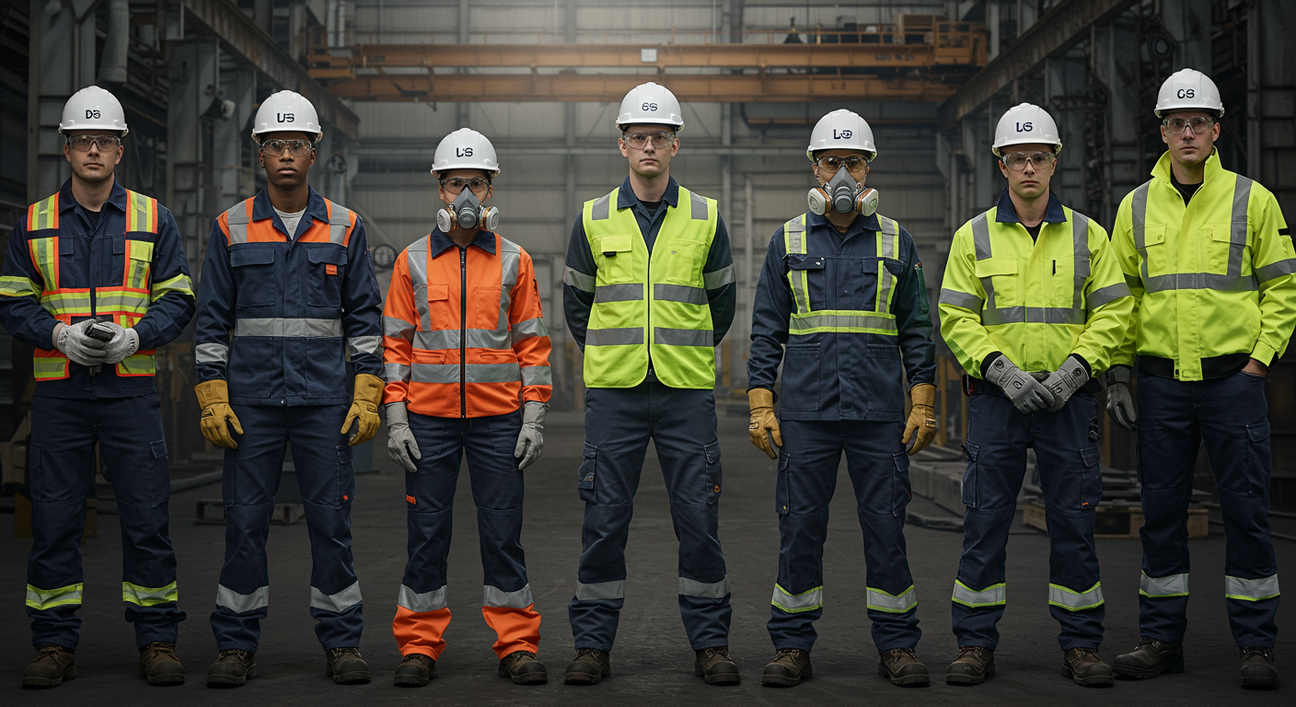Essential Guide to Training Employees on Safety Equipment
When running an industrial facility, keeping employees safe is just as important as keeping operations efficient. Knowing how to train staff on industrial safety equipment is a key part of this. Proper training ensures that every worker understands how to use safety tools, wear protective gear, and follow procedures that prevent accidents.
Companies that invest in safety training see fewer injuries, higher morale, and stronger compliance with regulations. Let’s go step by step to see how you can build an effective safety training plan that protects both your people and your business.
Understanding the Basics: Why Safety Equipment Training Matters
Safety training isn’t just about rules—it’s about habits. When workers understand why safety matters, they follow procedures more carefully. Industrial sites often involve heavy equipment, chemicals, or electrical systems that can be dangerous without the right precautions.
Skipping or rushing through training can lead to costly accidents, downtime, and even legal issues. Regular instruction helps employees stay alert, confident, and capable when dealing with unexpected risks.
Step-by-Step Safety Training Tips for Every Industry

Every workplace is different, but some safety training tips apply everywhere. Start by setting up a simple and consistent training schedule for new hires and refresher sessions for existing employees. Use hands-on lessons whenever possible—showing is always better than telling.
Encourage workers to ask questions and share past experiences during sessions. This makes learning more practical and engaging. Lastly, test understanding with short quizzes or drills so you can identify gaps early.
PPE Usage Guide: Teaching Correct Handling and Maintenance
Personal protective equipment (PPE) is the frontline defense in industrial work. A solid PPE usage guide teaches your team how to wear, inspect, and maintain their gear.
Explain why each type of PPE—helmets, gloves, goggles, respirators, or high-visibility vests—is necessary for specific tasks. Demonstrate how to properly adjust and clean equipment after every shift. Workers should also learn how to recognize when a PPE item is damaged or expired and must be replaced.
This step not only improves safety but also saves money by extending the life of protective gear.
Lockout Tagout Training: Preventing Electrical and Mechanical Hazards
One of the most critical topics in industrial safety is lockout tagout training (LOTO). It teaches workers how to safely disable machinery before performing maintenance or repairs.
During training, explain how to identify energy sources, use lockout devices correctly, and verify that systems are fully de-energized. Use real-life examples to show what can happen if steps are skipped. This kind of training prevents serious electrical or mechanical accidents and builds strong awareness of how interconnected systems work.
Building Strong Workplace Safety Procedures
Clear workplace safety procedures make training effective long-term. These should include simple checklists and instructions for daily routines, emergency responses, and reporting hazards.
Use visual aids such as posters or floor signs to remind workers of key rules. Conduct regular safety drills to keep everyone familiar with the steps. Most importantly, create an environment where workers feel comfortable reporting potential risks or asking for help without fear.
Conducting Industrial Safety Workshops that Engage Employees
Static classroom lessons can get boring fast. That’s why industrial safety workshops work better when they involve active participation.
Plan workshops around real situations your employees face. Use roleplays or group discussions to show how teamwork improves safety. Invite experienced supervisors to share lessons or demonstrate proper procedures.
After the session, run short evaluations to measure understanding. Tracking participation helps you see who might need extra help before returning to the job.
Tracking and Improving Safety Training Performance
Training doesn’t end after one workshop. You need a system to track progress and results. Keep attendance records, quiz scores, and equipment use reports. Use this data to review how well training programs are performing.
Digital tracking tools can make this process easier and more consistent. Collect employee feedback regularly—ask what worked well and where they need more clarity. Based on these insights, refresh your training content at least once a year to keep up with new safety standards or workplace changes.
Creating a Culture of Continuous Safety Learning
The best safety programs go beyond checklists—they build a culture. When leaders model safe behavior, employees follow. Recognize and reward staff who consistently follow procedures or help improve safety practices.
Encourage peer learning where experienced workers mentor new hires on safety habits. This keeps the message consistent and helps everyone take responsibility for their own safety and the safety of their team.
Conclusion

Training employees on safety equipment isn’t a one-time effort—it’s an ongoing process. When you know how to train staff on industrial safety equipment, you create a safer, more confident workforce that values caution and responsibility.
From using PPE properly to following lockout tagout procedures, every training session plays a part in protecting lives and improving productivity. A well-trained team means a stronger, safer, and more successful workplace.
Contact Archford today to explore durable labeling materials and get expert guidance on building a labeling system that truly lasts.
FAQs
Why is training staff on industrial safety equipment important?
Proper training helps employees use tools and PPE correctly, reducing accidents and keeping the workplace safe.
How often should companies provide safety training?
It’s best to conduct safety training at least once a year, plus refresher sessions whenever new equipment or procedures are introduced.
What should be included in a workplace safety training program?
Include PPE handling, lockout tagout training, emergency procedures, and hands-on practice for daily safety routines.
How can I make safety workshops more engaging?
Use demonstrations, real-life examples, and team activities to keep employees involved and help them remember safety procedures.
What is the best way to teach PPE usage?
Follow a clear PPE usage guide—show employees how to wear, inspect, and clean each item before and after use.

